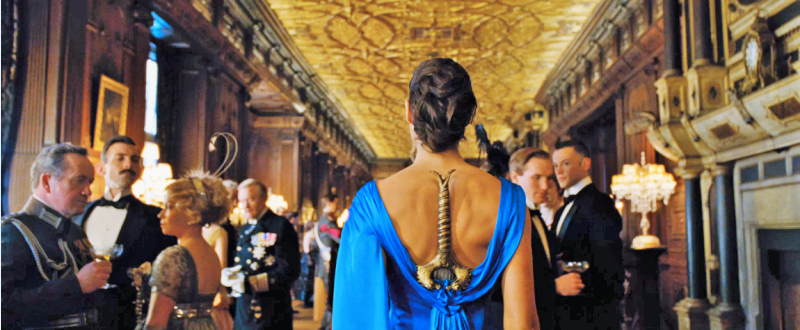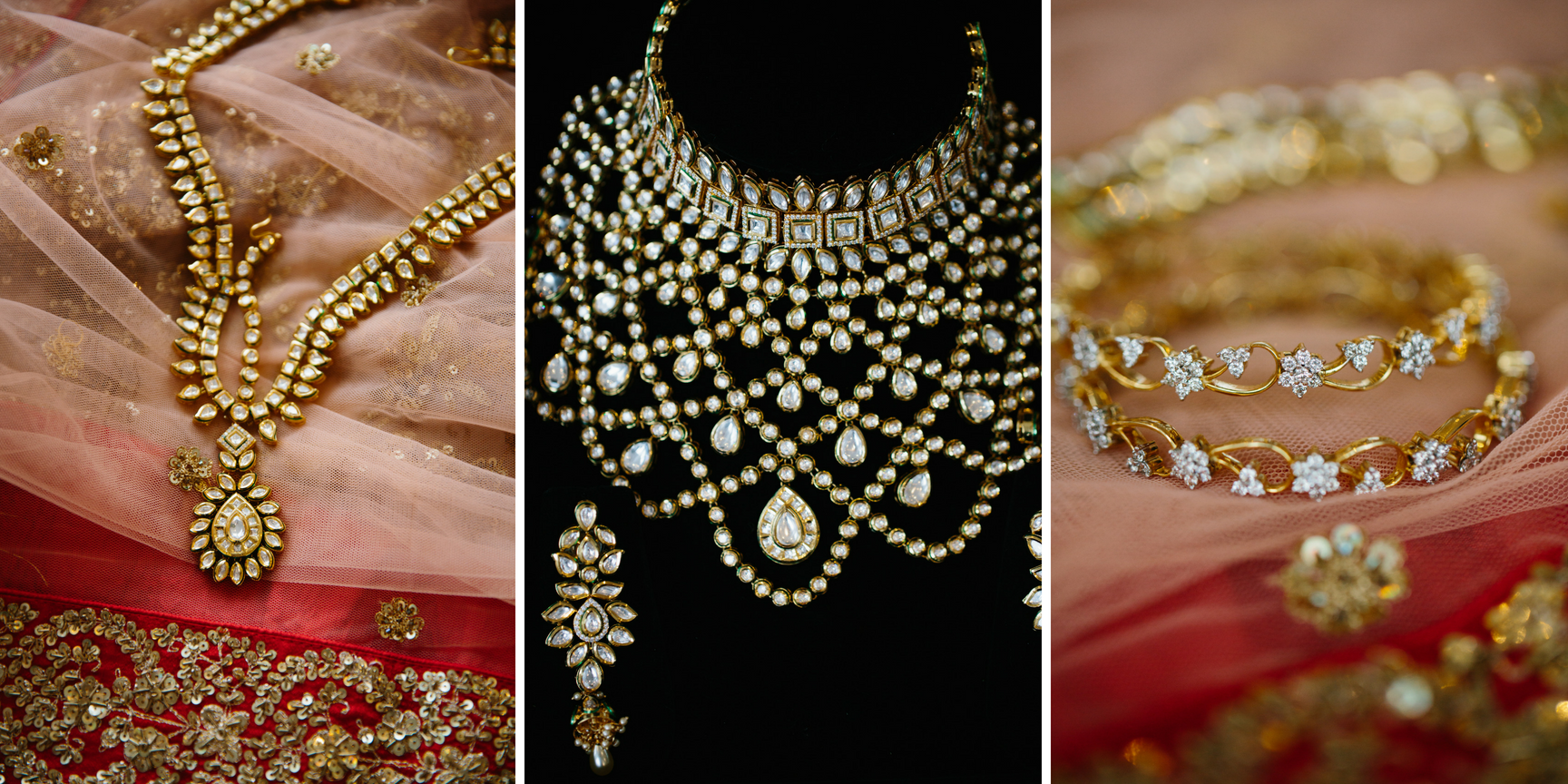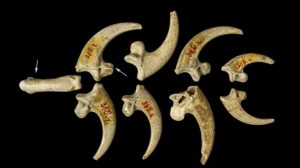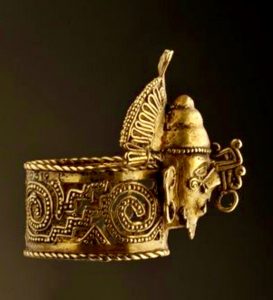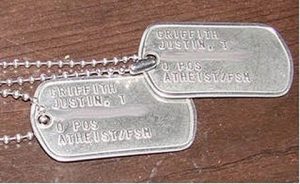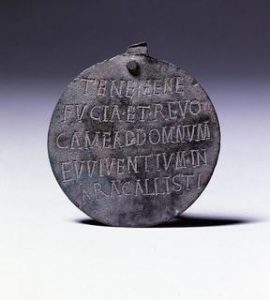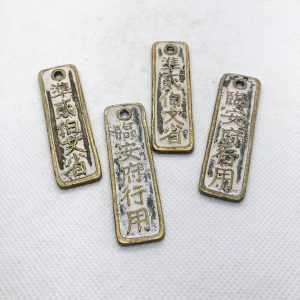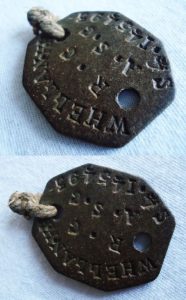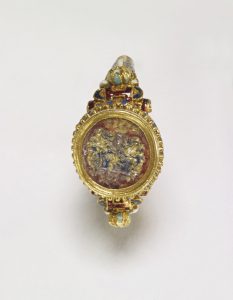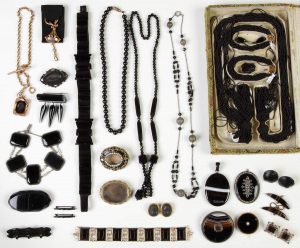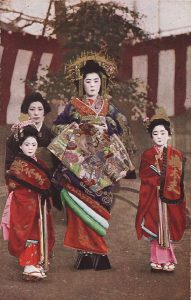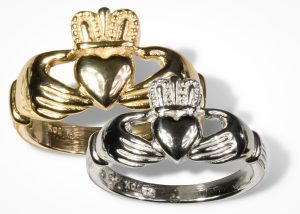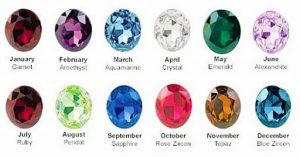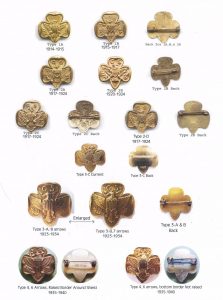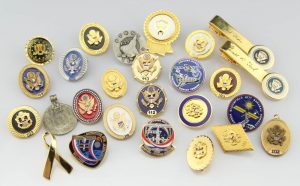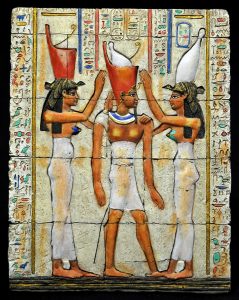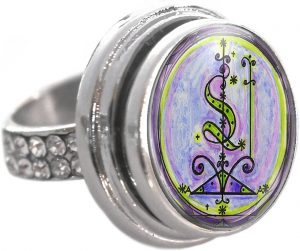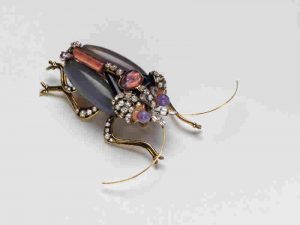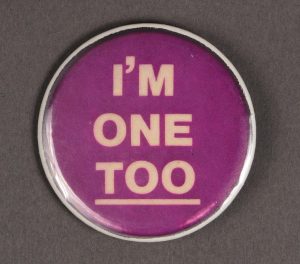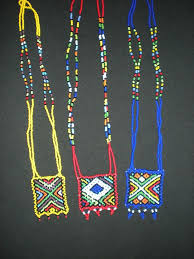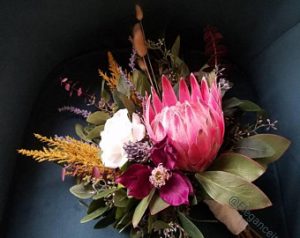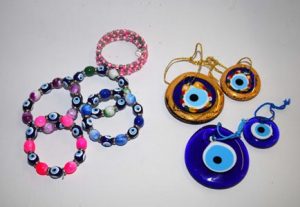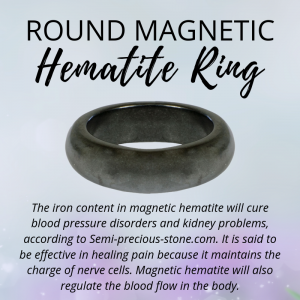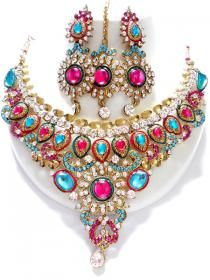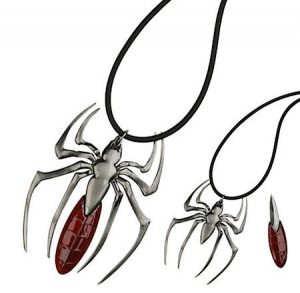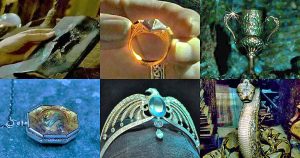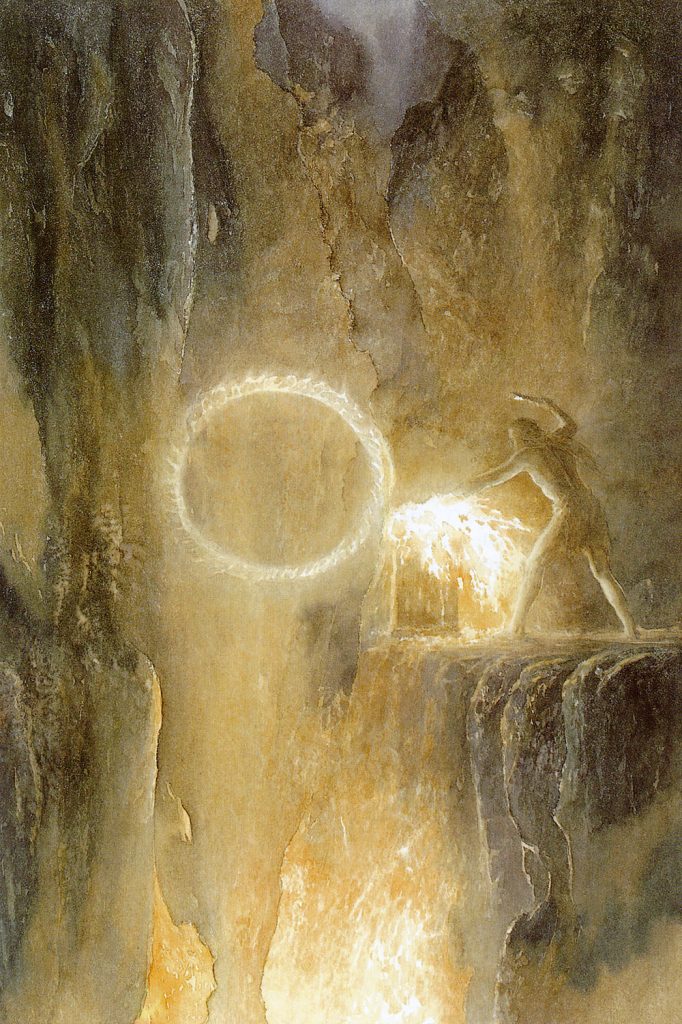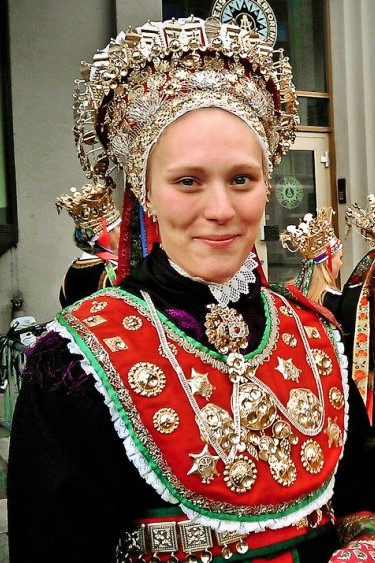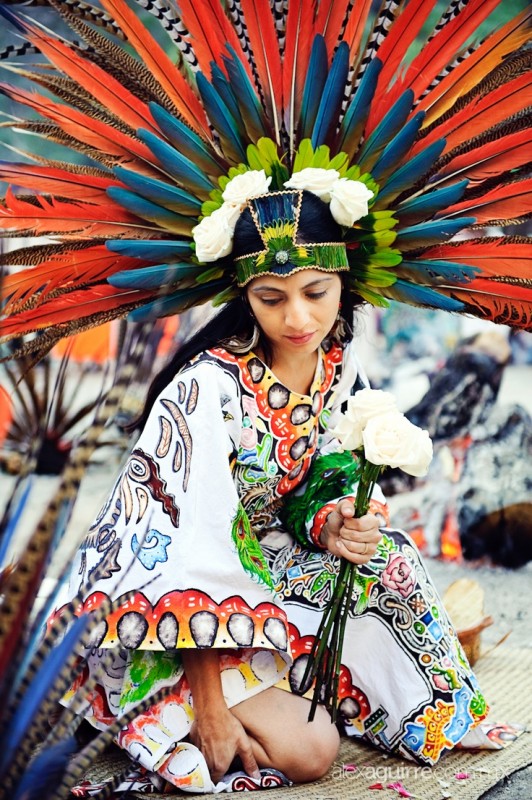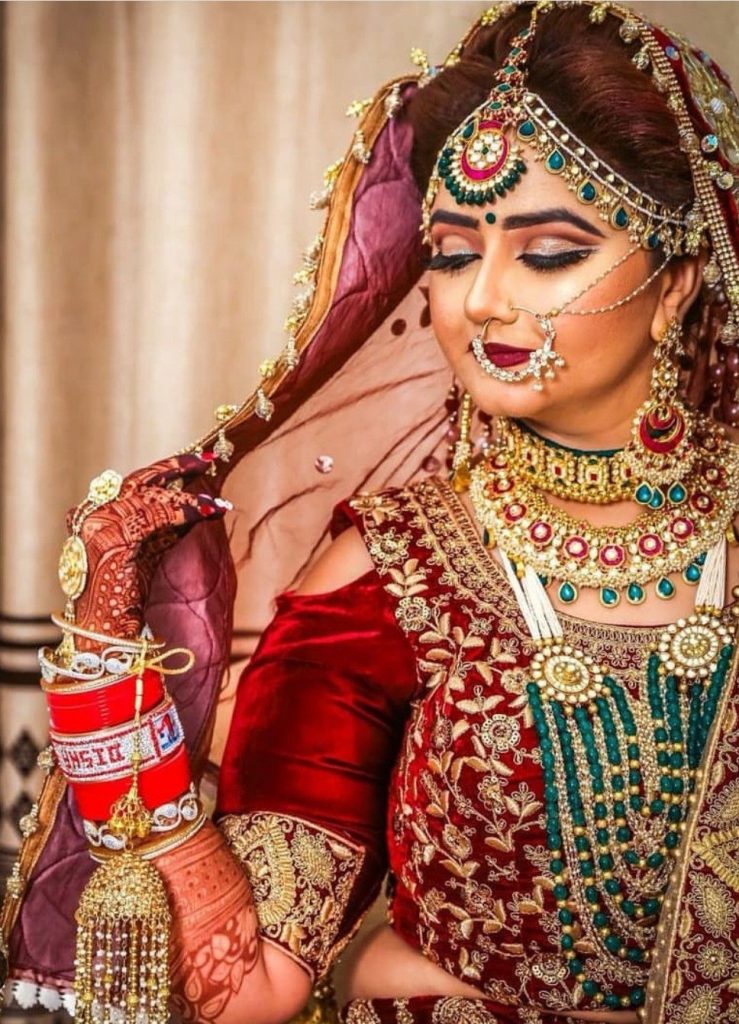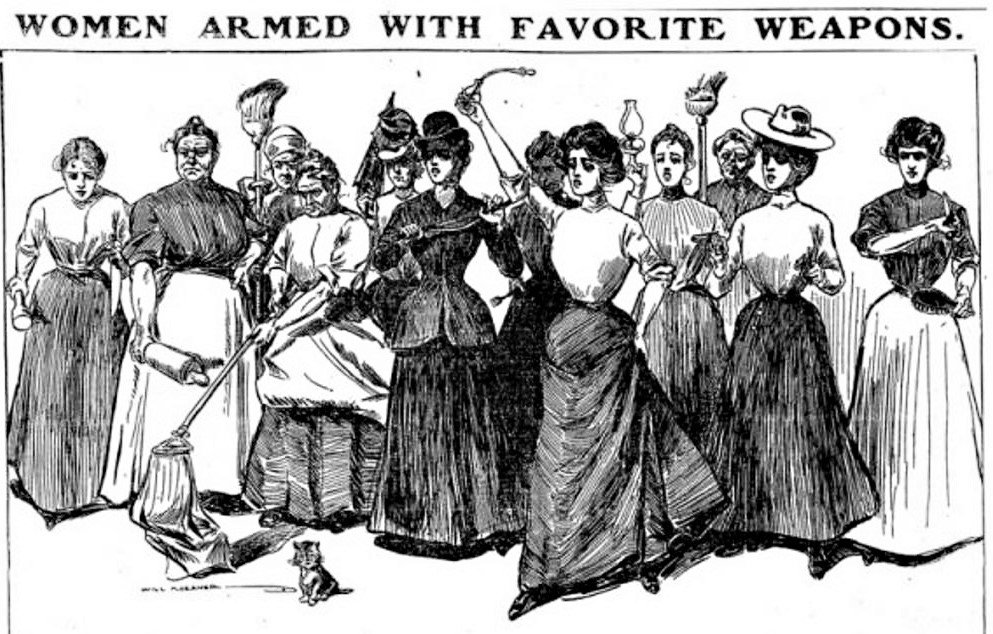
Consider arming your character(s)! If for no other reason, sometimes a little self-defense could come in handy. And consider the reasons that character might not want to look armed. And then consider your weapons of choice, based on the character’s character and lifestyle.
Rings
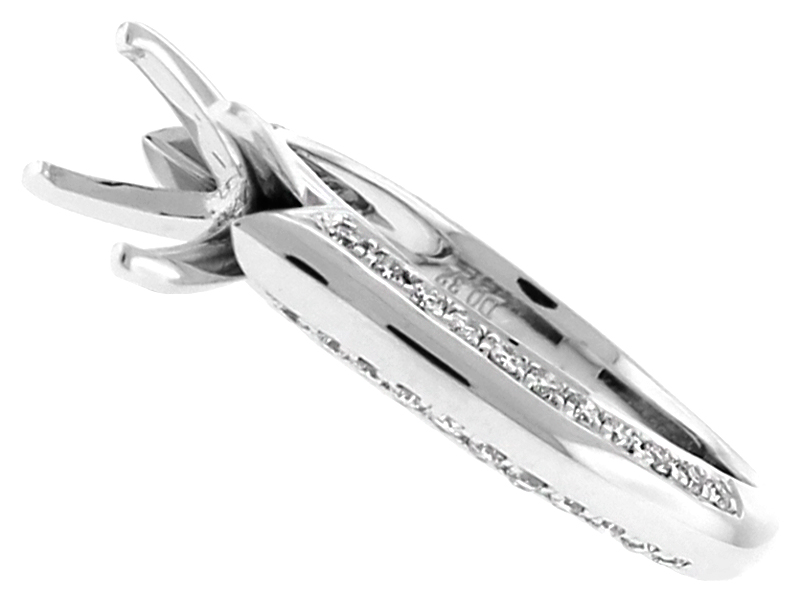
Knife Edge 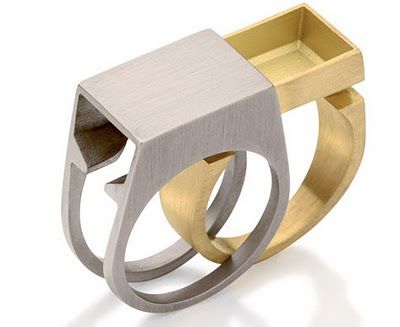
Secret Compartment 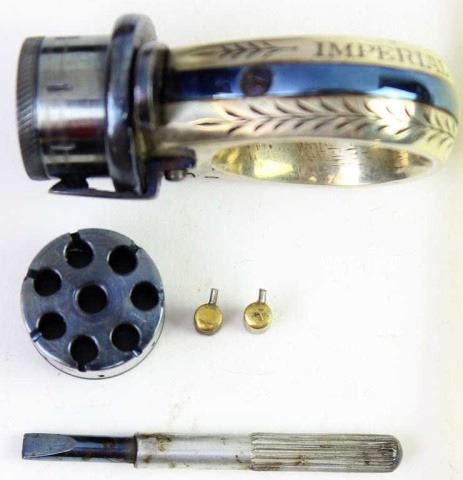
Single Shot Revolver 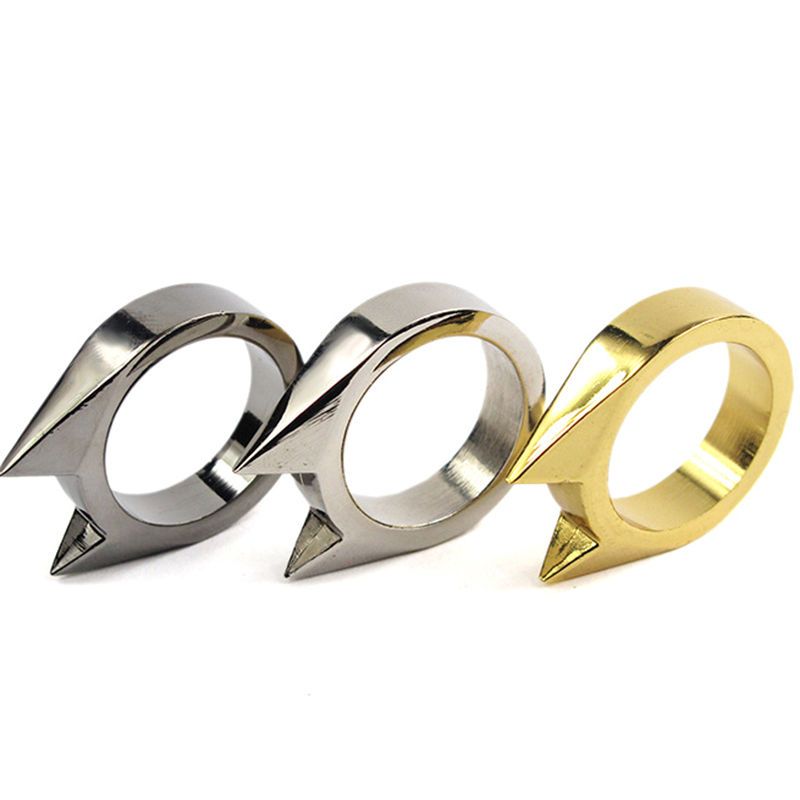
Hidden Spikes 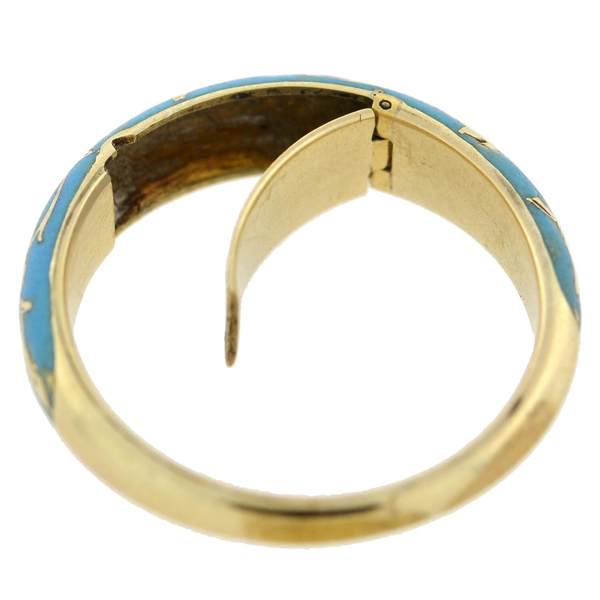
Secret Compartment 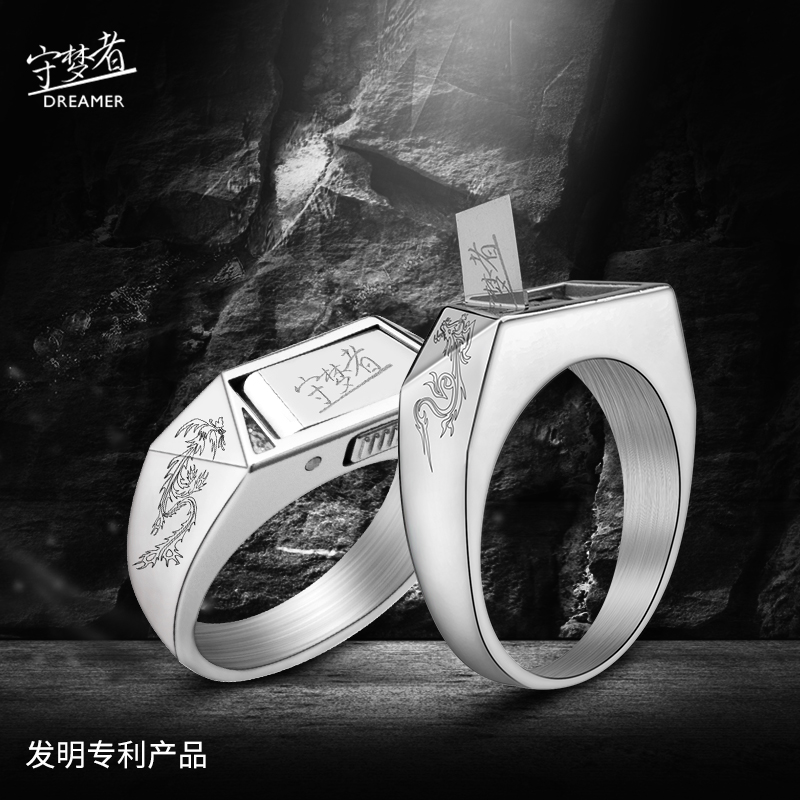
Concealed Knife 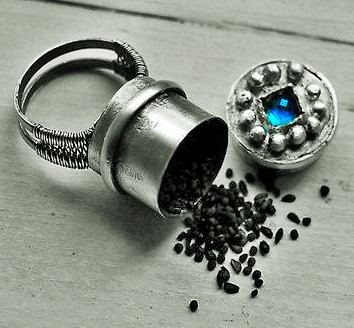
Poison Capsule 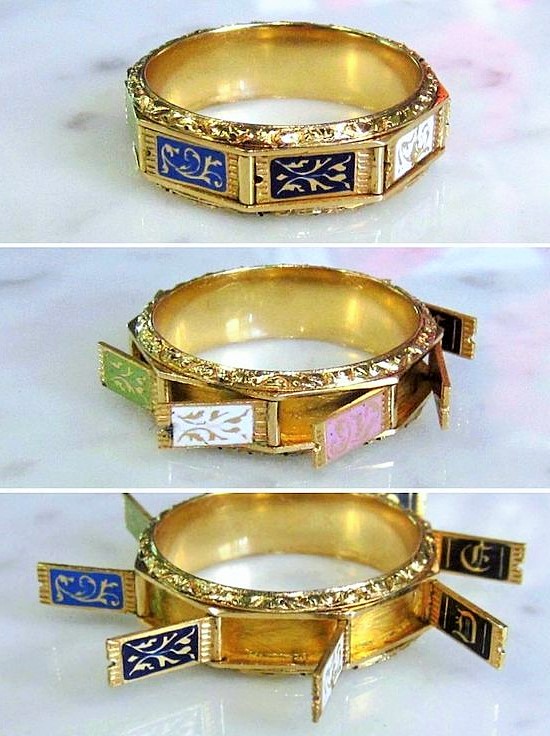
Secret Compartments 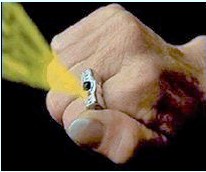
Pepper Spray 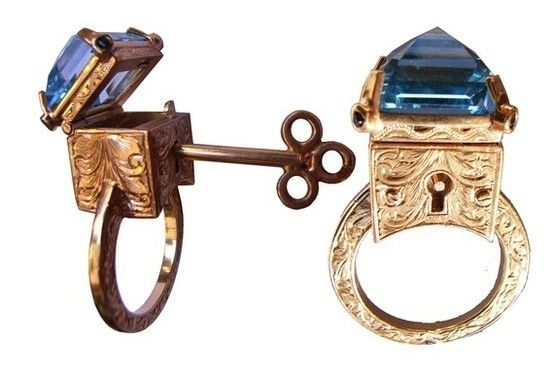
Secret Compartment 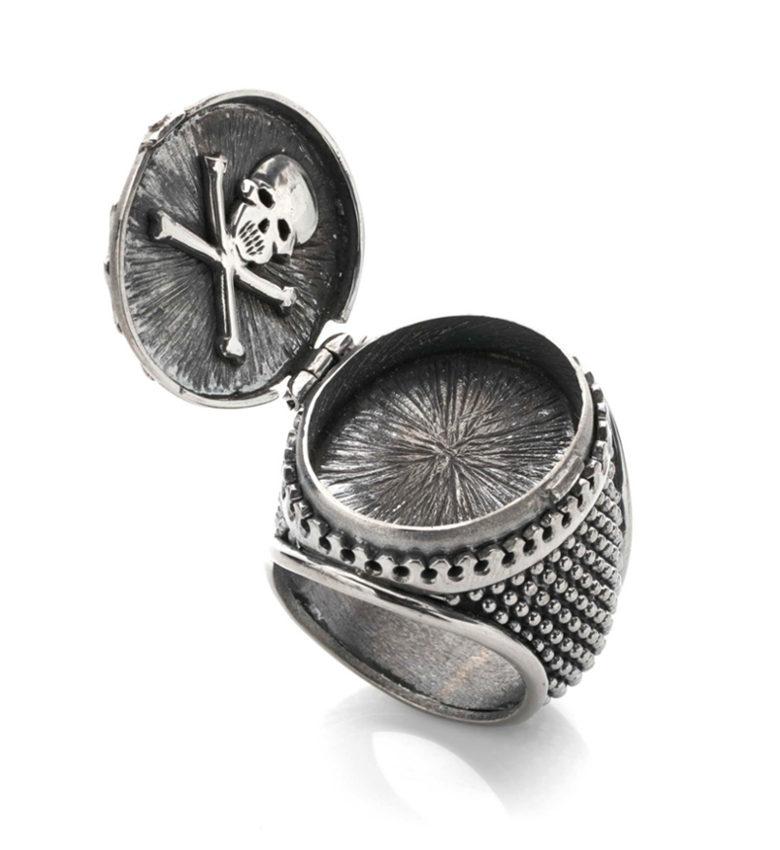
Poison Capsule 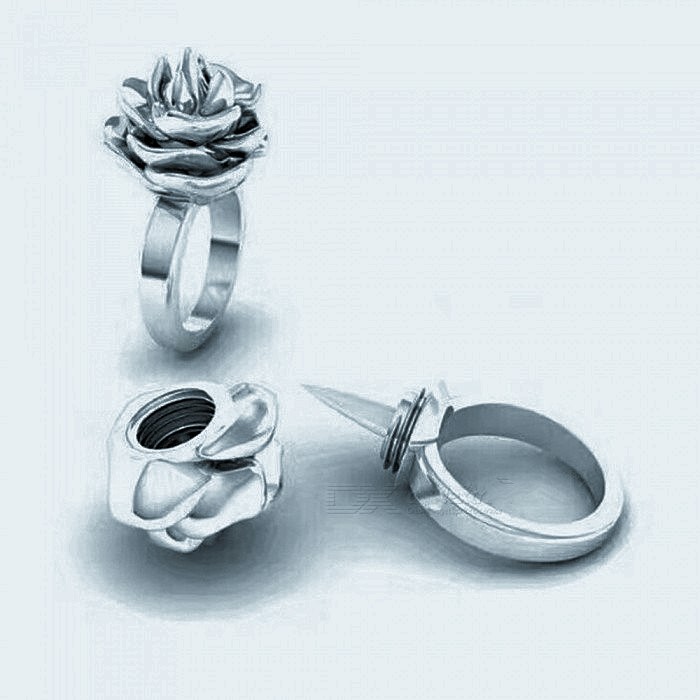
Hidden Spike 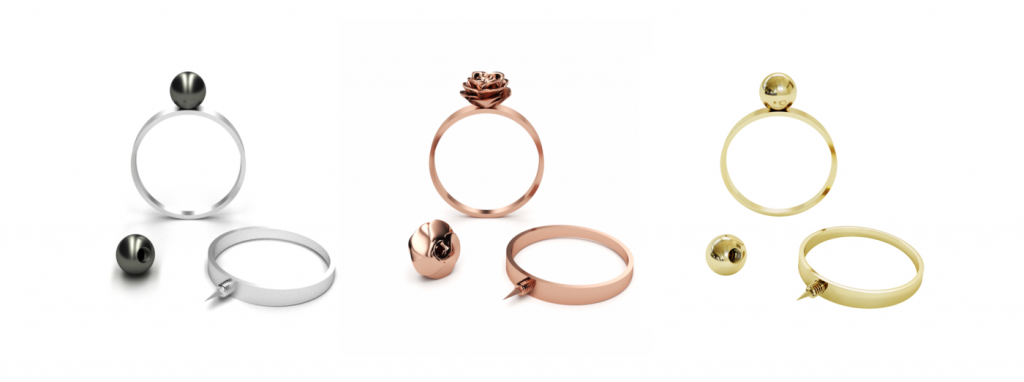
Hidden Spike 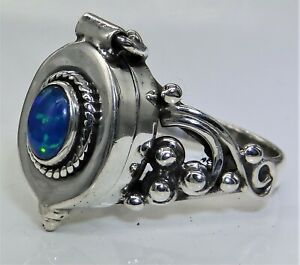
Secret Compartment 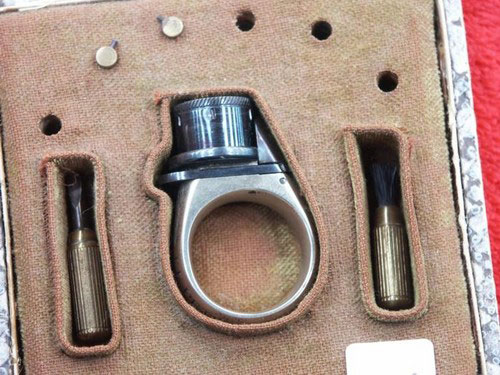
Single Shot Revolver
- Poison rings (also called pill box rings): an oldie but goody, the oldest examples date back to ancient Asia and India, popular in Europe starting in the 16th century; an empty space under or in the bezel could contain poison or other substances; a favorite with both assassins and generals
- Knife blade ring: the top of the band is sharp enough to cut
- Hidden spike ring: take off the top guard (rose blossom, ball, etc.) to expose a sharp, pointed blade weapon capable of ripping skin, drawing blood, and collecting the DNA of an attacker
- Last shot revolver ring: ring looks like a six-shot revolver chamber seen from the back side; one 14K bullet chambered; these may not be effective as a weapon
- Stealth cat ring: double-spiked ring that poses as a harmless pair of cat ears
- Secret compartment ring: part of the band or top of the ring opens to reveal a small space in which correspondence, cameras, etc.
Nails or Claws
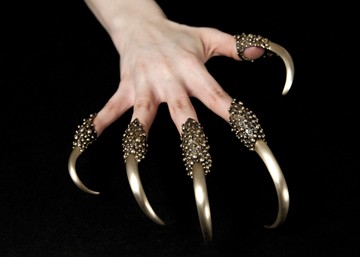
Bear Claws 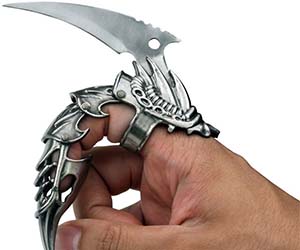
Finger Gauntlet 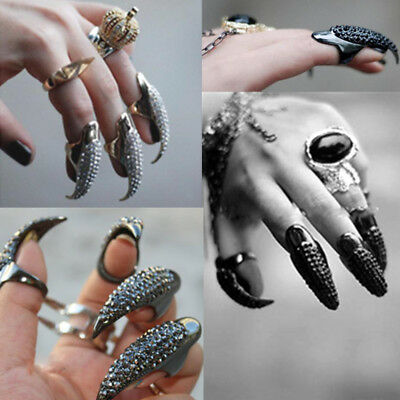
Spiked Nails 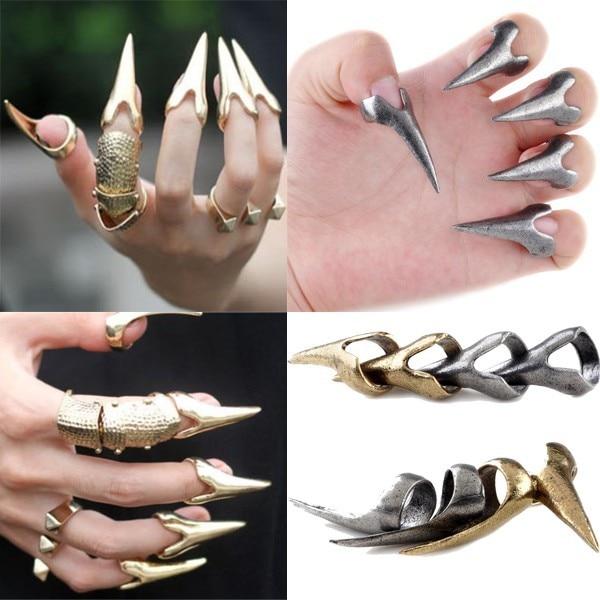
Extended Nails 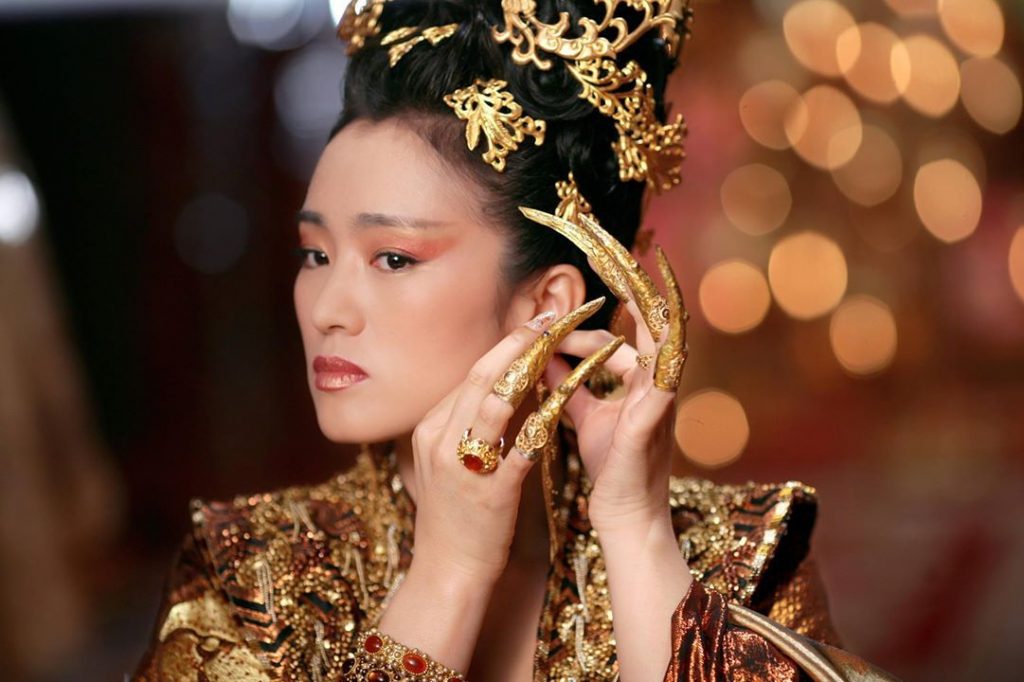
Traditional Chinese Wedding Ornamentation 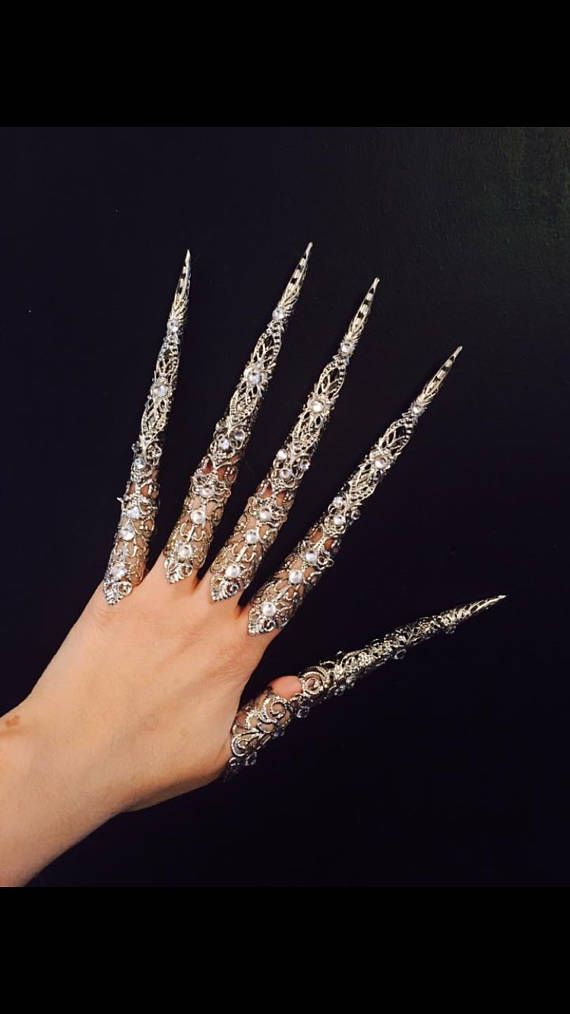
Extreme Nails 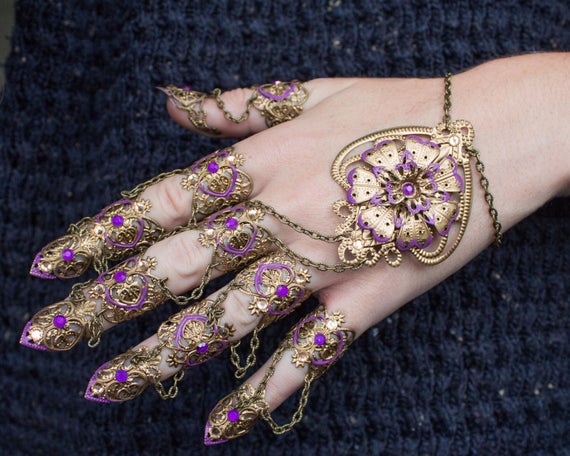
Spiked Bracelet with Extended Nails
- Ancient Chinese symbol of wealth and status, showing that people did not need to use their hands
- A variation is a finger gauntlet, a jointed metal cover for one finger, usually with spikes or blades attached
- Claws can be attached like a ring on the smaller knuckles of the fingers or slid over the tips of their finders
- Blades could be attached to the top of the claw, or the tip of the nail itself can be a blade
- These can be worn as a singular ornament or as an entire set on all fingers
- They’re not exactly hidden, but they are easily overlooked as weapons
Bracelets
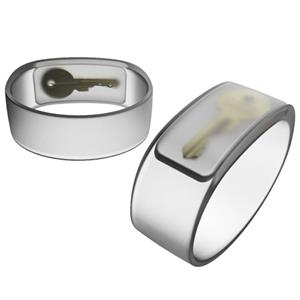
Hidden Compartment 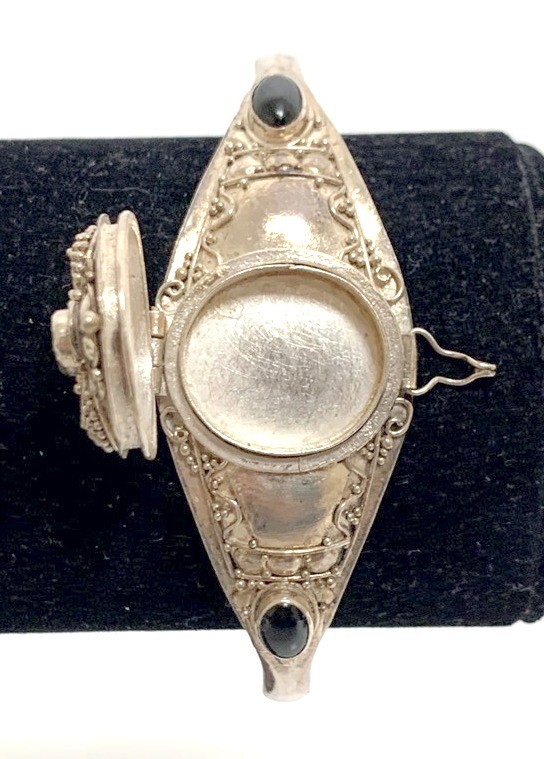
Poison Capsule 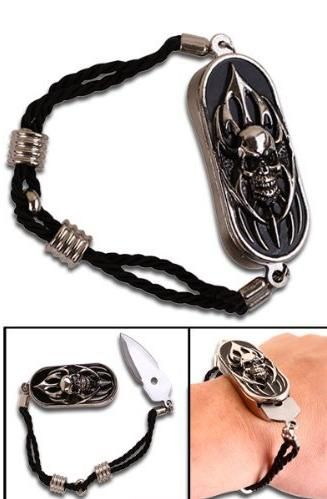
Hidden Blade 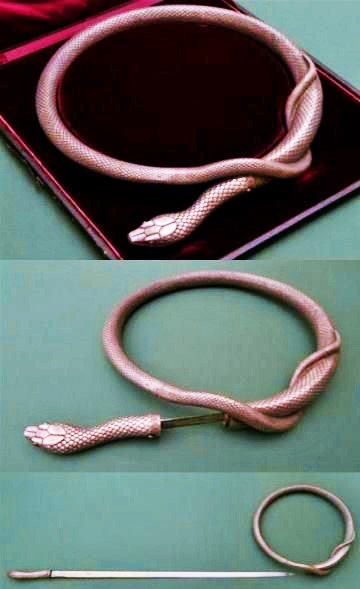
Hidden Rapier 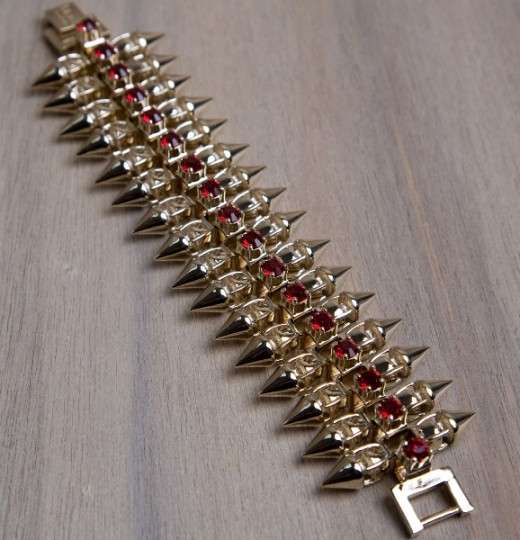
Spiked Bracelet 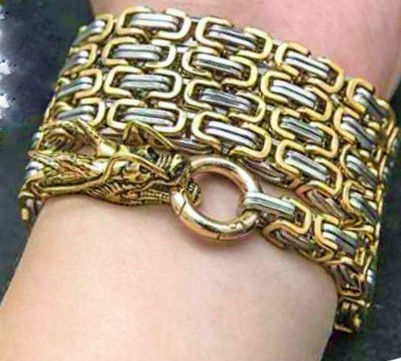
Dragon Chain 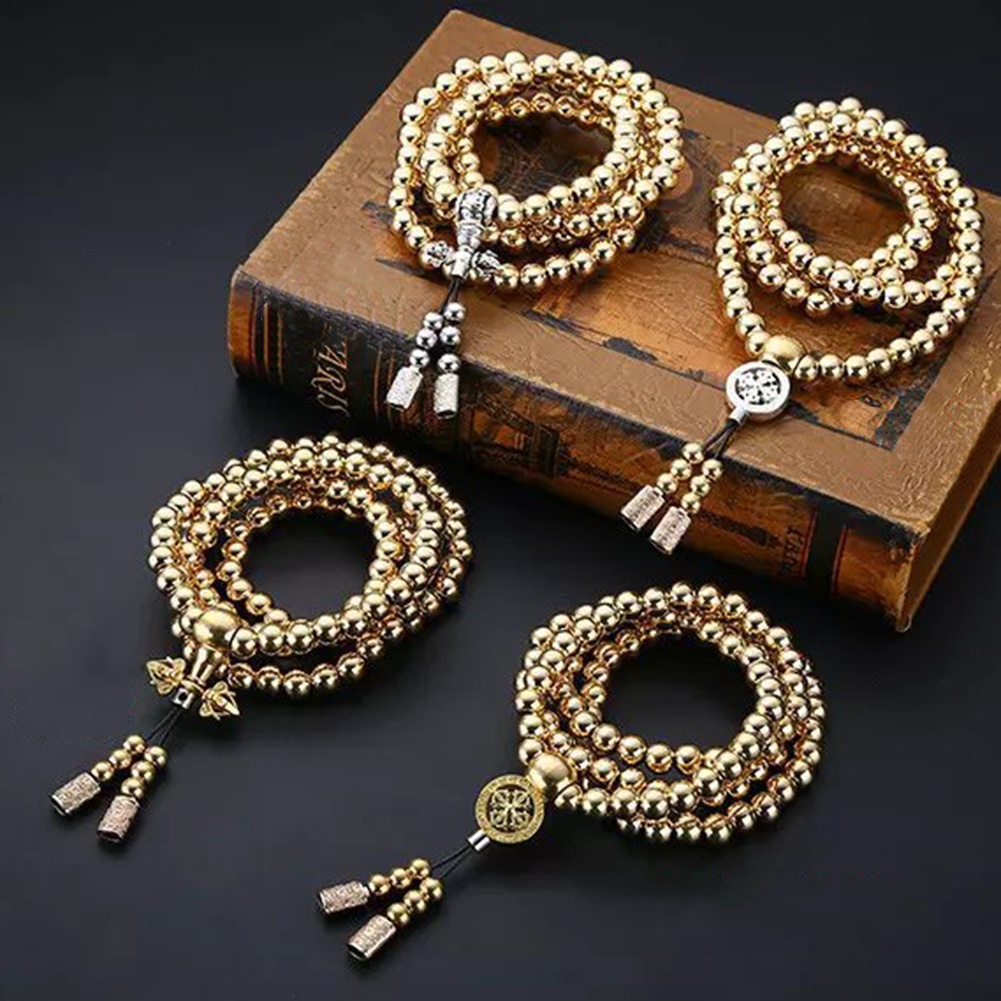
Buddhist Mandala 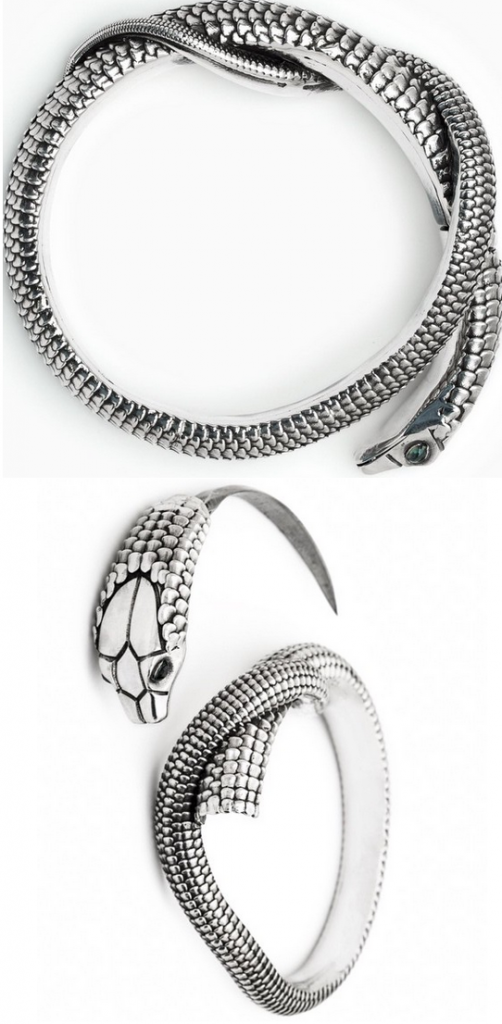
Hidden Clasp Blade 
Chakram Cracelets 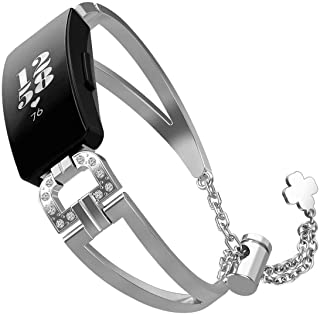
Secret Garrote 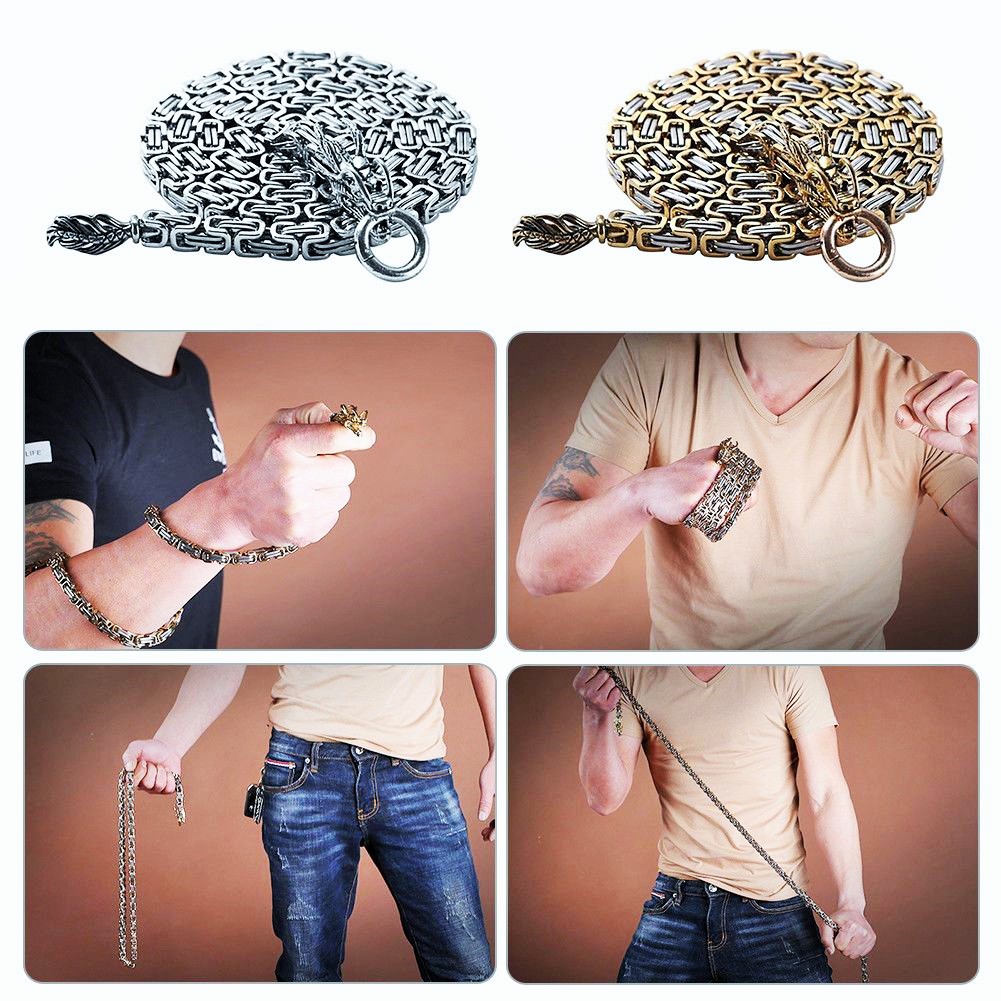
Dragon Chain in Use
- Hidden compartment bracelets can hold a variety of helpful ways to kill people, including poison, lockpicks, keys, correspondence, etc.
- Bracelets can easily conceal knives, either in the clasp, inside the band, or in a hidden compartment
- Garrote wires can be covered with ornamentation
- Chakram bracelets are a traditional Indian Sikh weapon, requiring skill to use effectively as a thrown, bladed weapon
- Buddhist mandala (meditation) beads are effective blunt ended weapons
- Really big Rosaries can be used the same way, if a character is very determined
- Dragon chains are effective wrist guards and can be used as ranged attack weapons (this requires a great deal of training)
- Spikes can be hidden among decoration on the edges or tops of bracelets
Necklaces
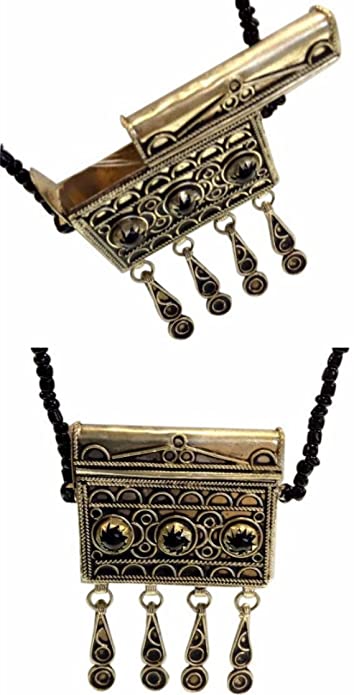
Secret Compartment 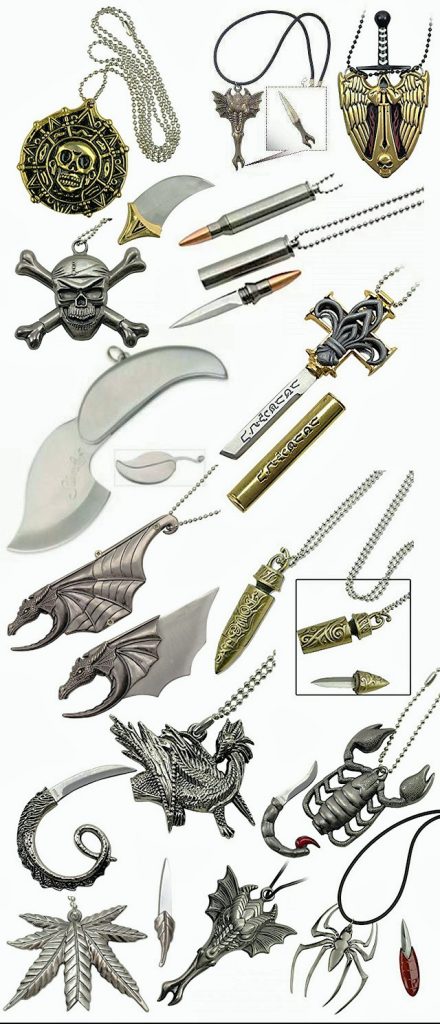
Hidden Blades 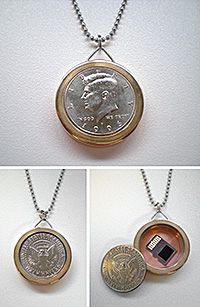
Secret Compartment 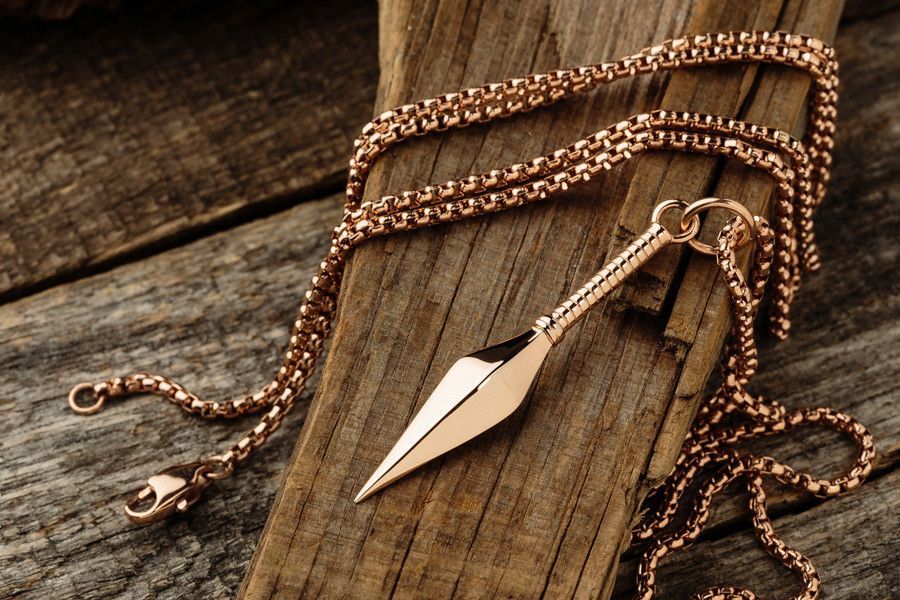
Kunai Blade 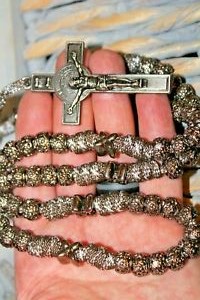
Rosary 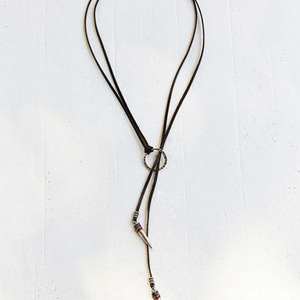
Garrote
- Poison pendant: functions like poison rings (above)
- Hidden compartments in pendants can hold many other useful objects, such as lockpicks, photos, computer chips, explosives, correspondence, lights, etc.
- Almost any shape pendant can disguise a blade
- Kunai Blades: particularly useful in hand-to-hand combat, but they can also be used for traction when scaling the sides of buildings
- Pendants designed with spikes can stab
- Garrote necklace: handheld chain strong enough to strangle a person
- Rosaries and Buddhist mandalas can also be worn as necklaces and used as described above
Brooches
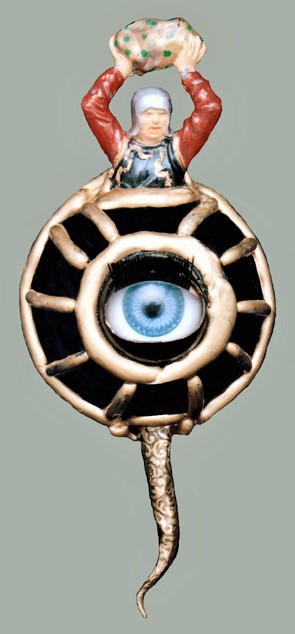
Design Blade 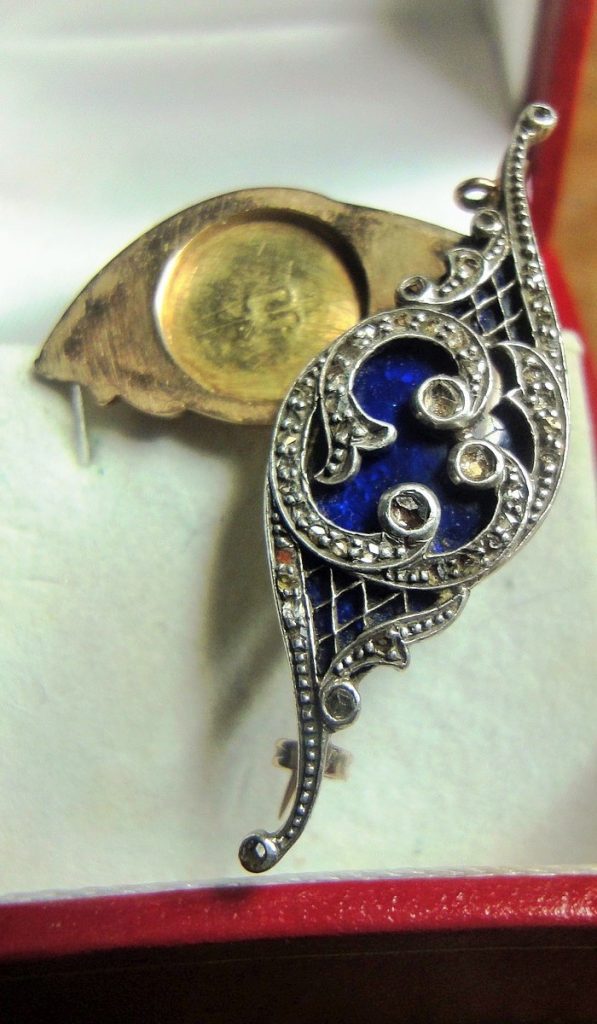
Hidden Compartment 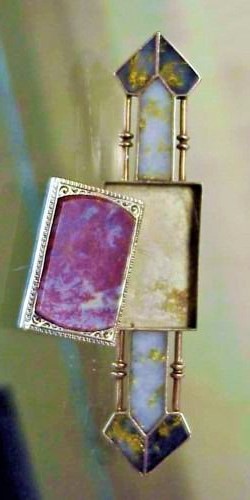
Poison Capsule 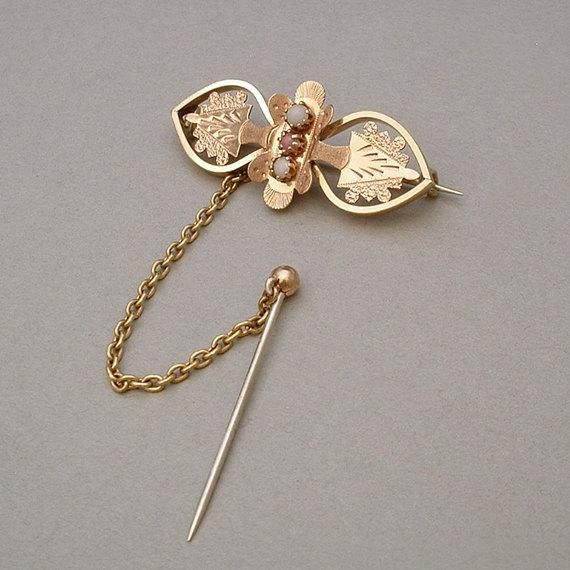
Detachable Spike
- Poison hidden inside
- Secret compartments can hold almost anything
- The pin itself can be used to stab
- Spikes or ridges in the design itself can be used as weapons
- Prominently displayed brooches often carry hidden meanings
Earrings

Small Spikes 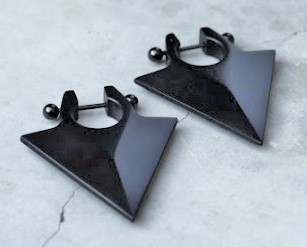
Small Blades 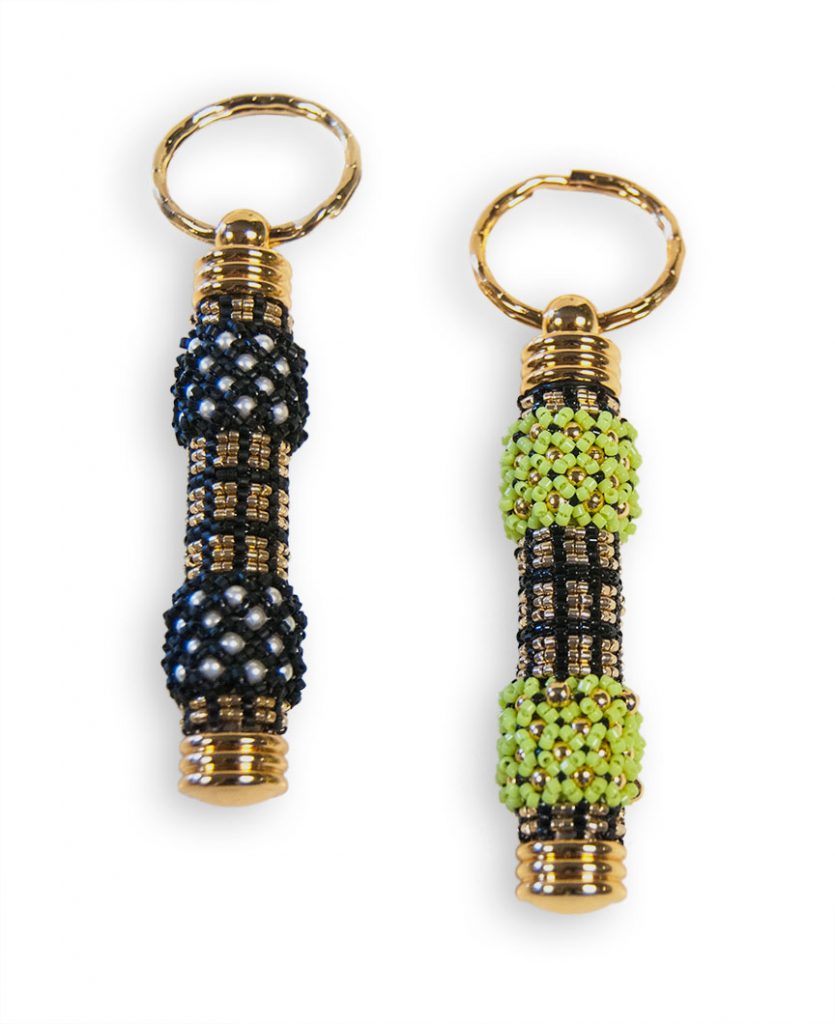
Hidden Compartments 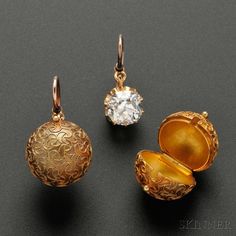
Poison Capsules 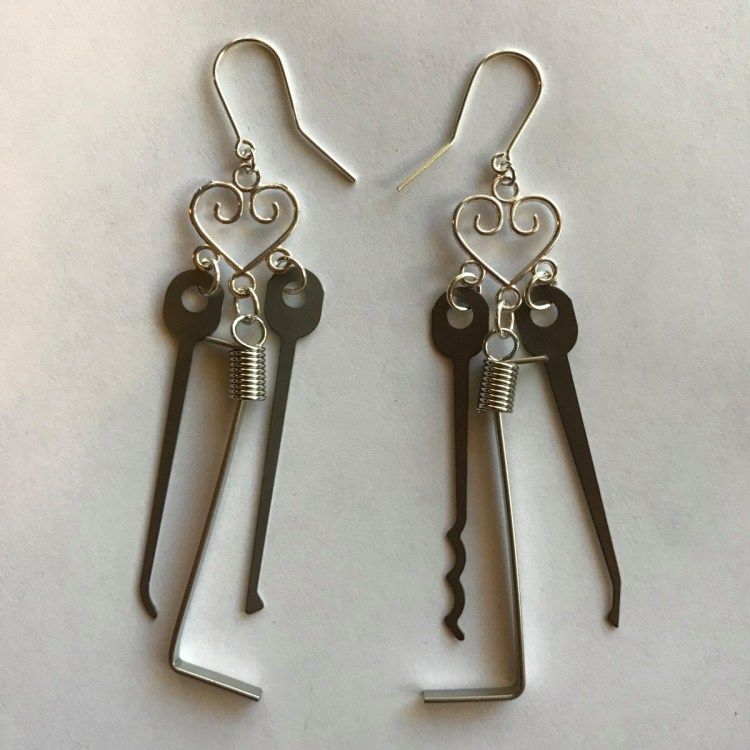
Lockpicks 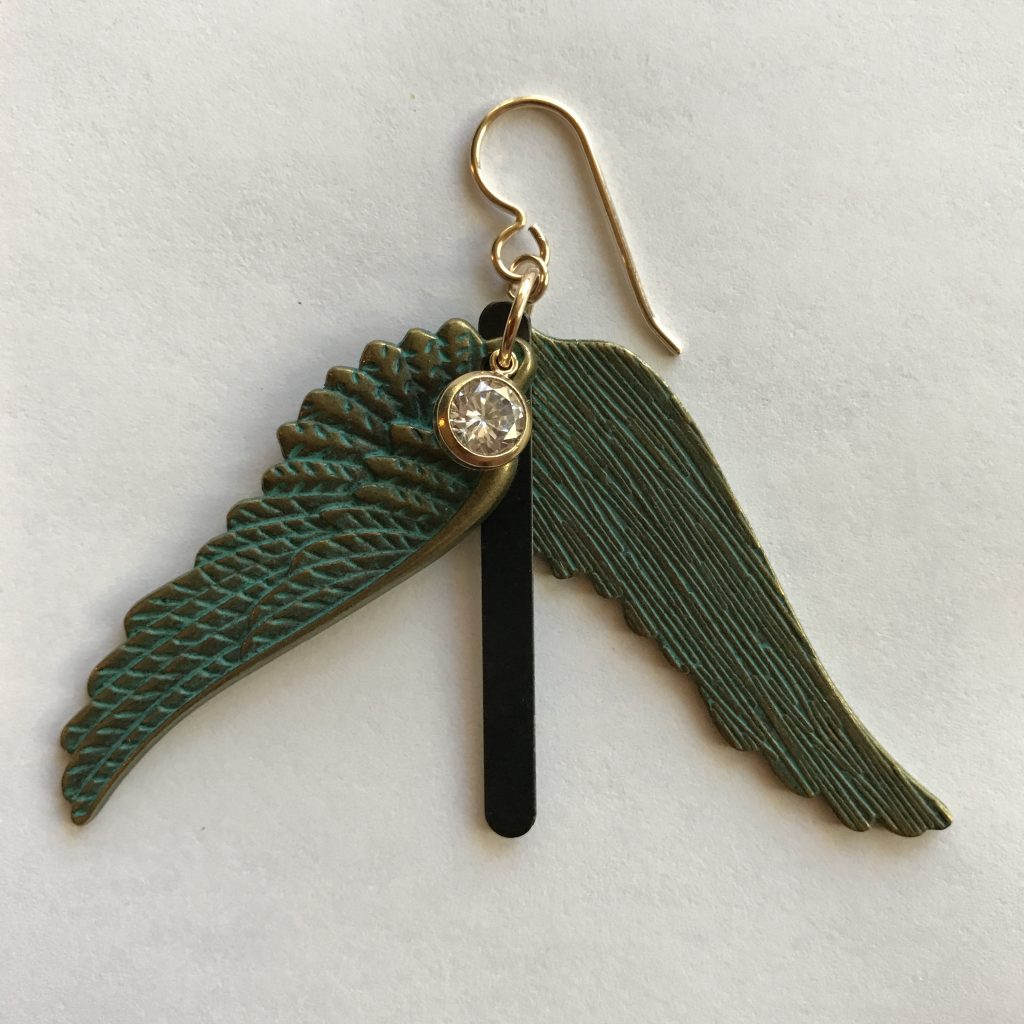
Handcuff Shim
- Being so close to exposed skin on the neck limits the use of earrings as pointed or edged weapons
- Carefully designed earrings can have small spike or blades
- Lockpicks can be hidden within the design of earrings
- Some earrings can contain specially designed shanks for breaking out of handcuffs
- Earrings can contain hidden compartments for holding poison or other items helpful for maiming
Sunglasses
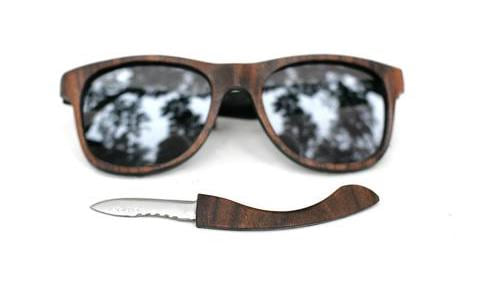
Hidden Blades 
Hidden Camera 
Secret Dart Gun 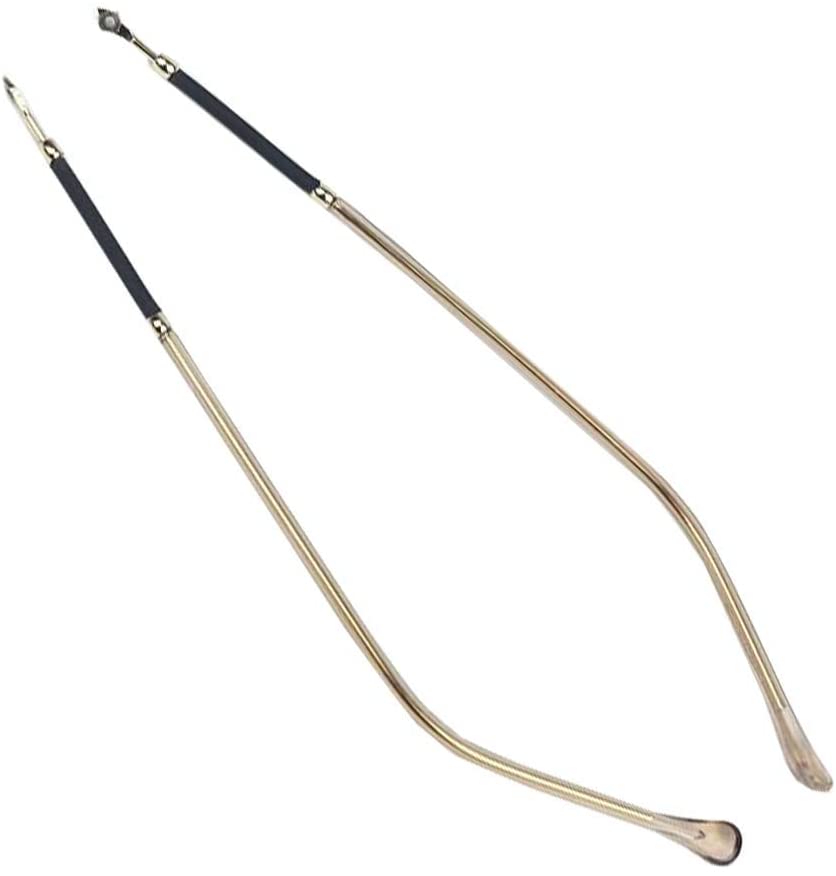
Knives in Earpieces
- Blades can be hidden in the frames
- Concealed tranquilizer or infectious darts can be hidden in the hinges
- Being at eye level makes them ideal for concealing cameras
Hats
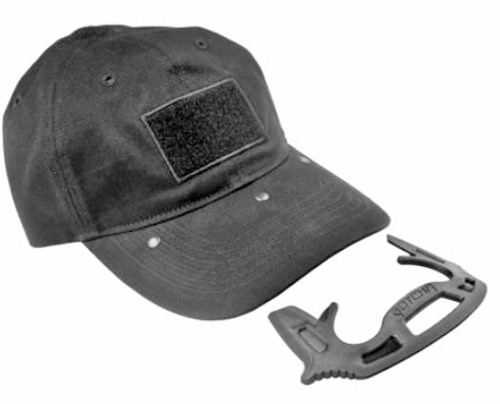
Blade Clipped to Bill 
Spiked Back Clasp 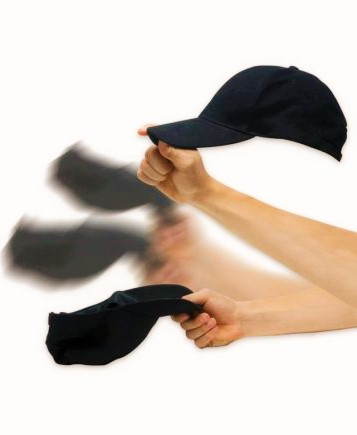
Slappy Hat 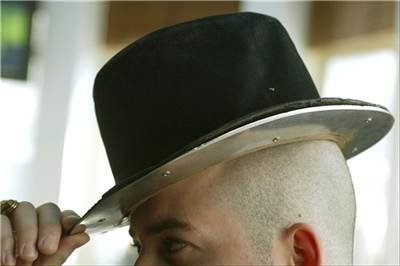
Odd Job’s Razor Hat 
Garrote Wire Concealed Under Flowers
- Tactical cap with self-defense clip-on-bill
- Spikes or tasers can be hidden on the back clasp
- Perhaps the most famous is Odd Job from James Bond, who had a notoriously deadly hat with a razor-sharp brim
- “Slappy Hat” has a weighted top to deliver extra punch when used as a weapon
- Almost any hat or head covering can conceal a garrote wire
Hat Pins
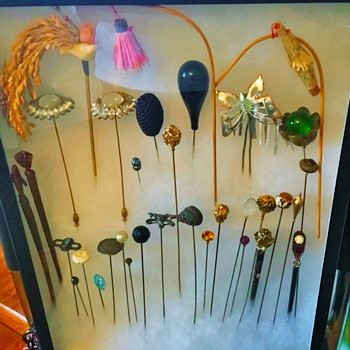
Victorian Hat Pins 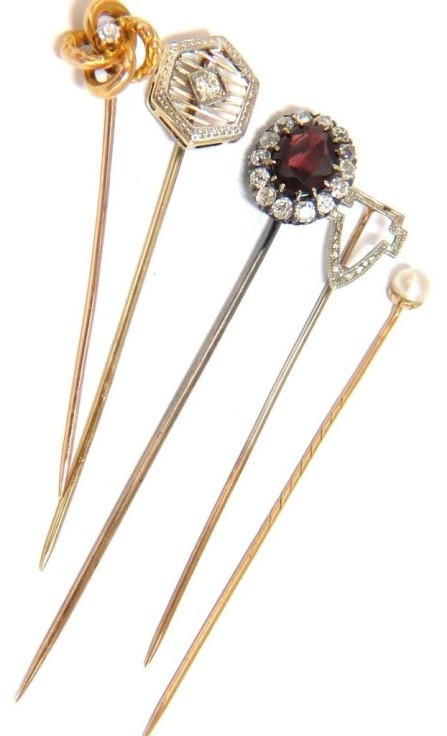
Edwardian Hat Pins 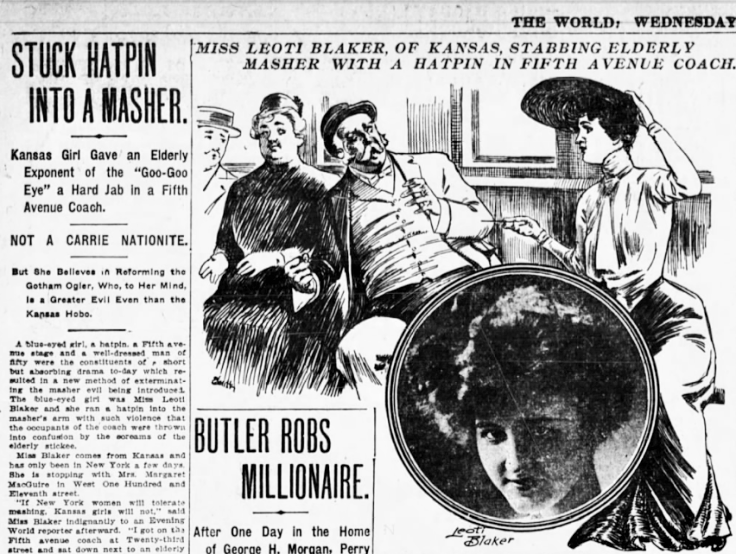
- Designed to pierce through the hat and secure it to the head
- Hat pins made ideal stabbing weapons
- Head of the pin was large enough to conceal poison or other items
- Could be used as lockpicks
- There is ample newspaper evidence of women using and being encouraged to use hat pins as defensive weapons in public
Hair Pins
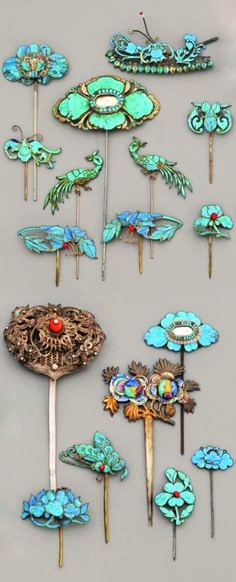
Antique Kanzashi 
Tiny Child Armed to Kill 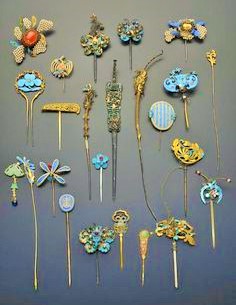
Antique Chinese Hair Pins 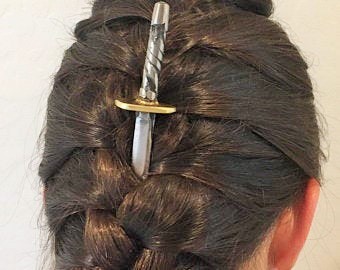
Hidden Dagger 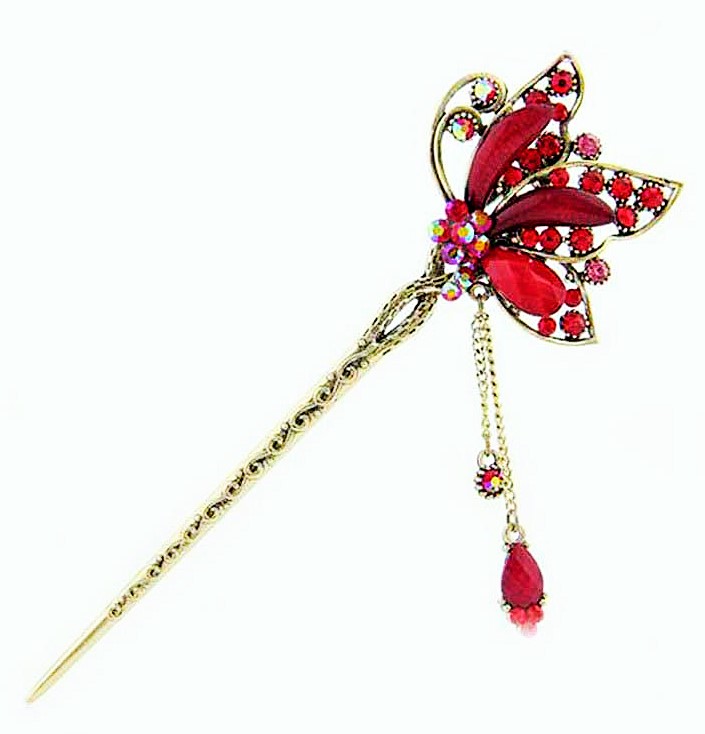
Modern Hair Pin 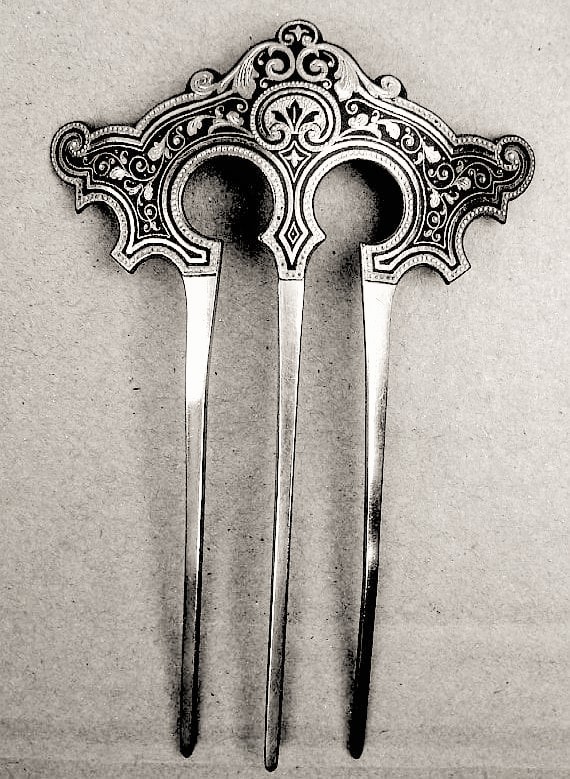
Victorian Comb 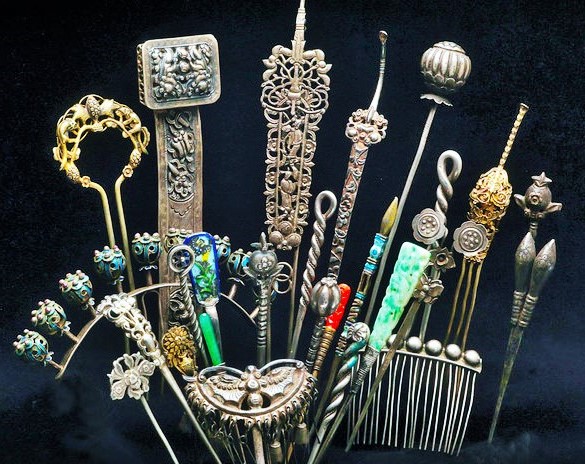
Antique Chinese Hair Pins
- Japanese kanzashi hairpins were originally designed for personal defense and as good luck charms
- Fancy pin heads could conceal many useful things, depending on how ornate the hair pin
- Poison
- Lockpicks
- Blades
- Garrotes
- Poisonous flowers
- Throwing knives can be easily disguised as hair pins
- Could be tipped with poison
- Used in formal hairdressing in almost every culture in the world, by men and women, depending on the time period
Shoes
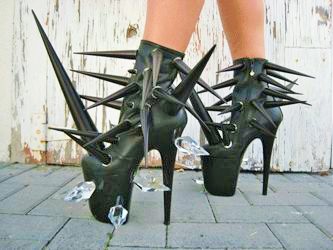
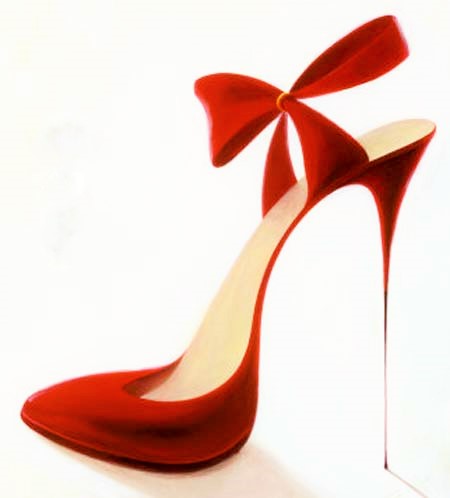
Stiletto 
Gun Heels 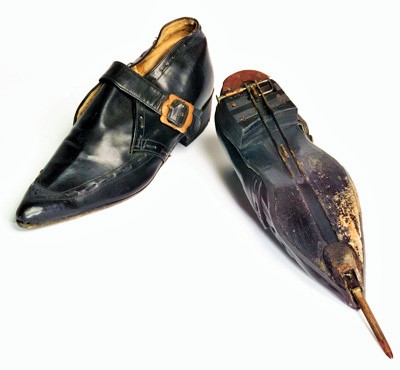
Hidden Blades 
Spikes for Shoelaces 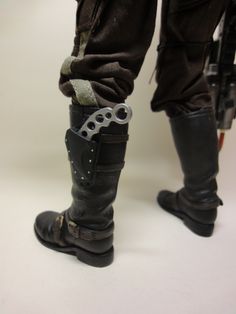
Hold Everything 
Hidden Blade 
Crush Everything 
Strike Fear Into the Hearts of Your Enemies
- Blades can be concealed in the toe
- Actual stiletto blades in the stiletto heel
- Shoes have been designed with guns in the heal, but they are not very useful as weapons
- Spikes on sides, backs, and tops
- Laces can have spike woven in
- Heavy, steel-cased boots can crush or break bones
- Provide holsters for knives, guns, brass knuckles, etc.
Undergarments

Concealed Corset Holster 
Metal Defense Corset 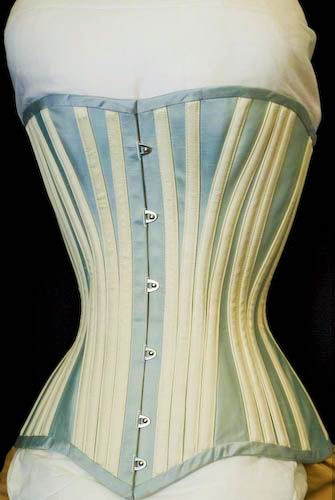
Knives in Corset Stays 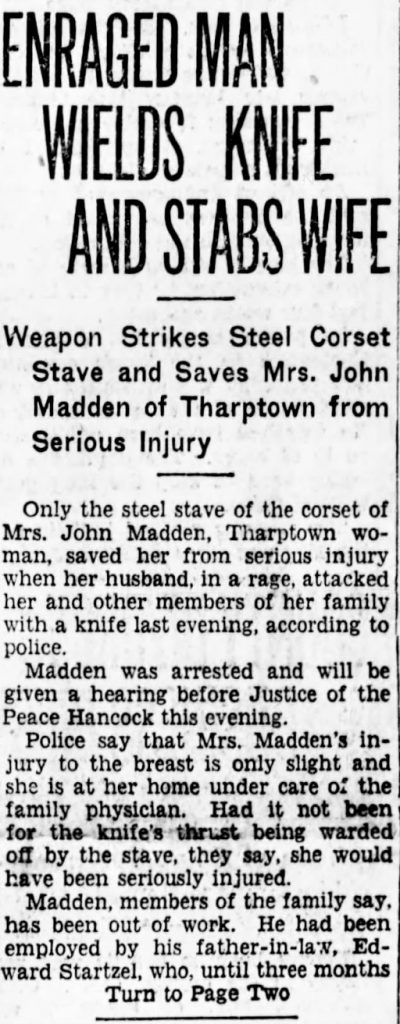
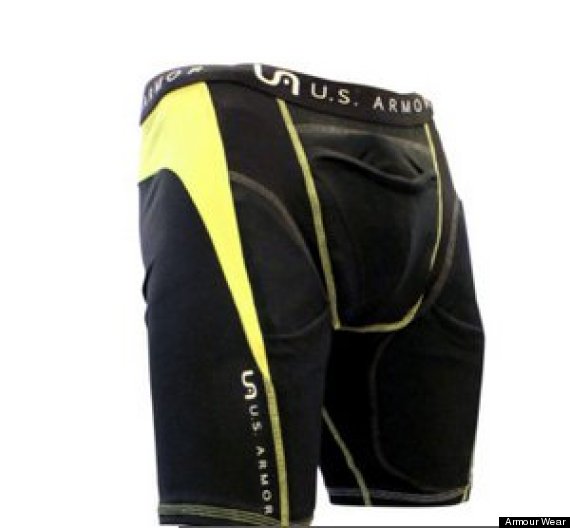
Bulletproof Underpants 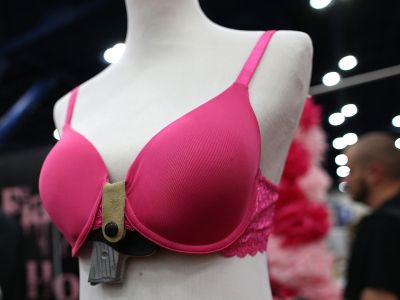
Underwire Gun Holster 
Hidden Knife Sports Bra 
Hidden Knife Pocket 
Concealed Gun Holster 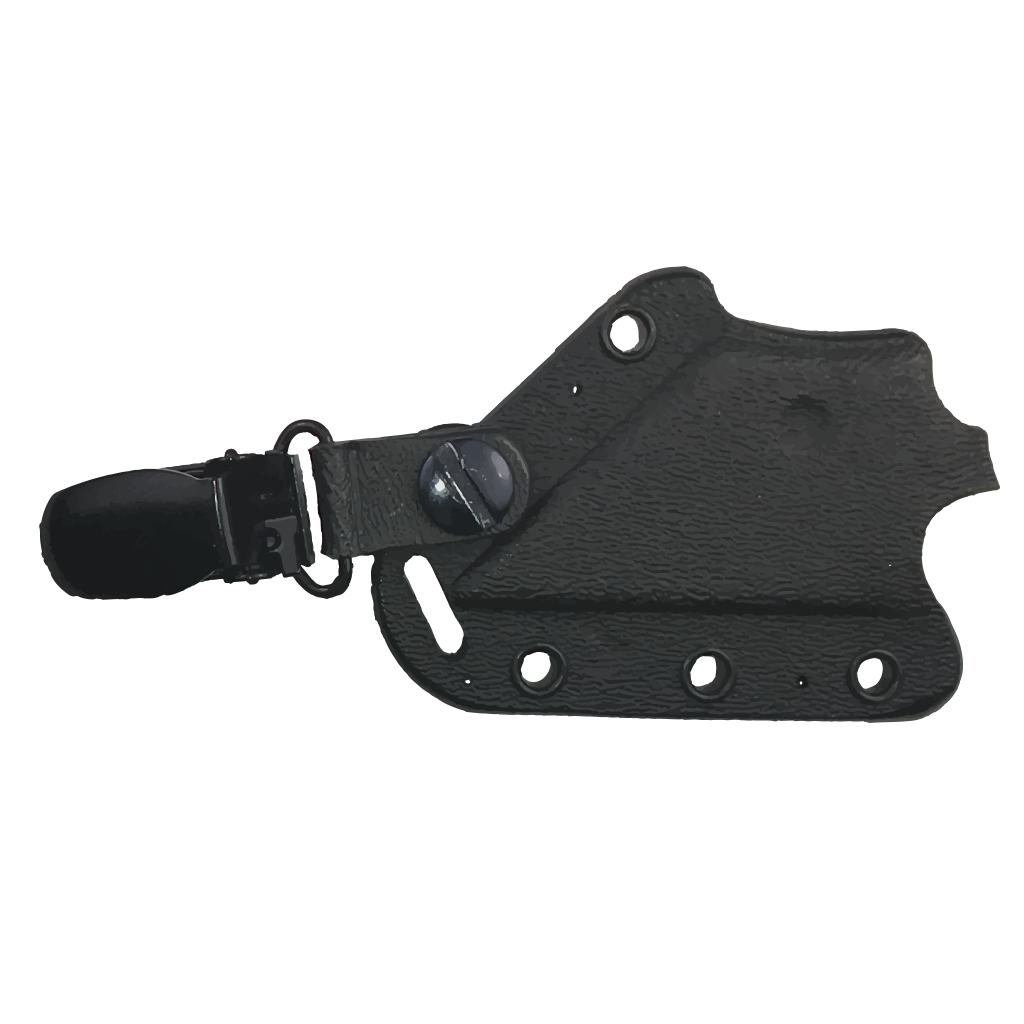
Bra Clip for Hidden Knife 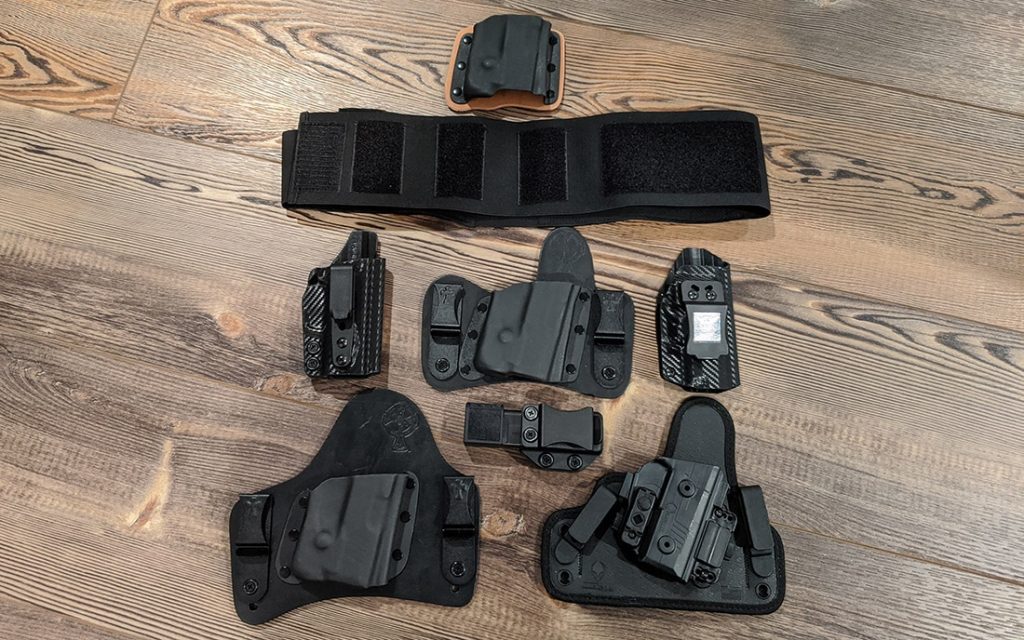
Concealed Holsters
- Corset stays can be designed to be removed and double as knife blades
- Corsets had steel or bone stays (or were made entirely of steel) and served as defense
- Holsters for knives, guns, and mace can be hidden in undergarments
- Padded undergarments can provide some protection from knives
- Kevlar underpants are bulletproof garments specifically designed to protect the femoral artery
Miscellaneous Concealable Weapons
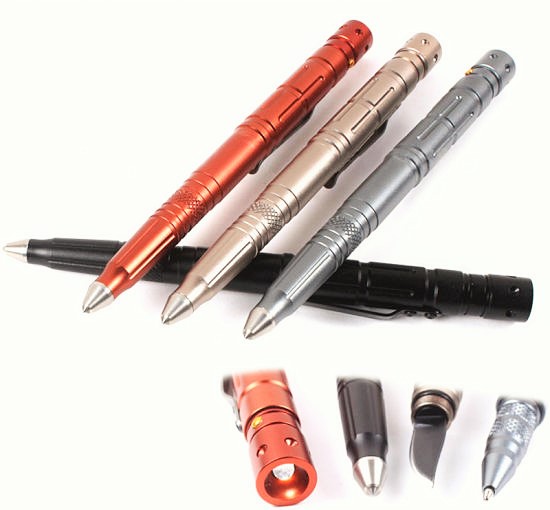
Knife Pens 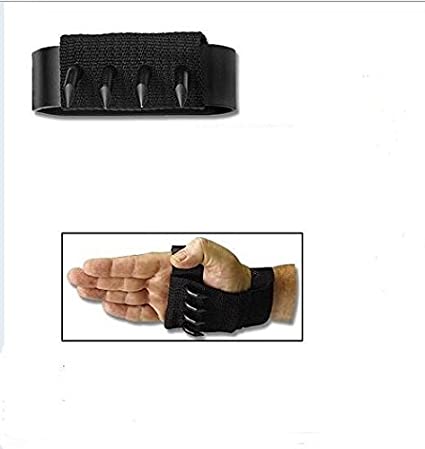
Spiked Grip 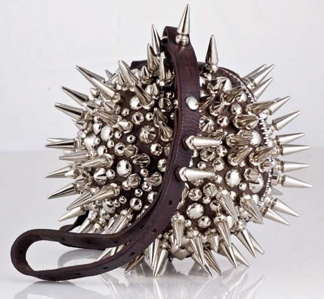
Spike Keychain 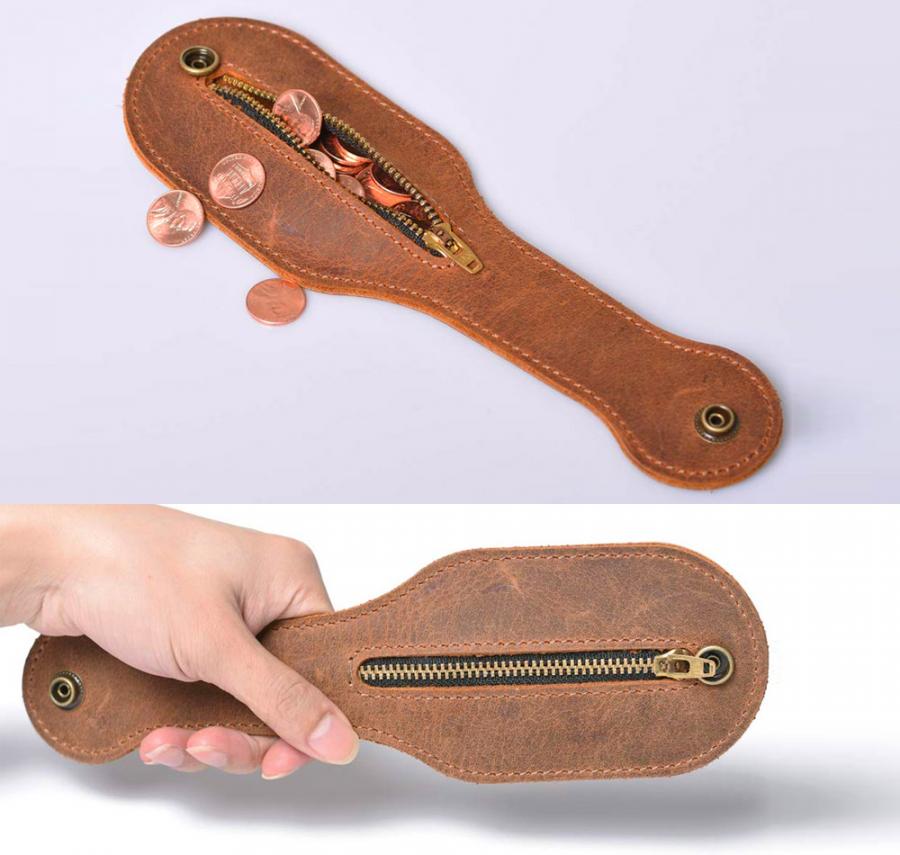
Coin Purse Cosher 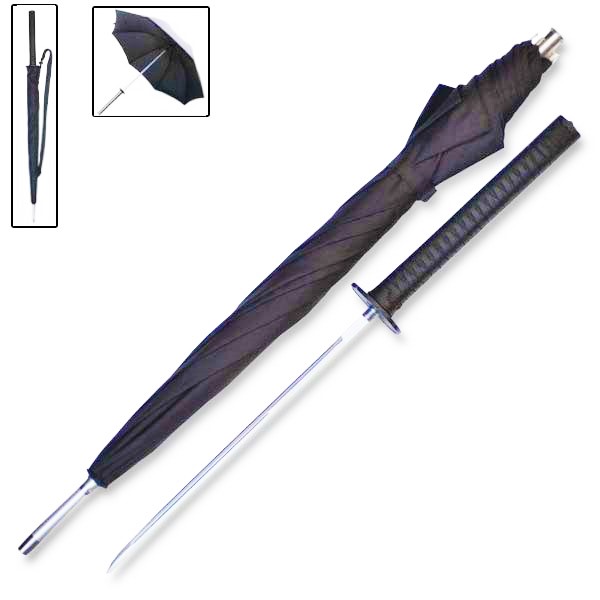
Umbrella Sword 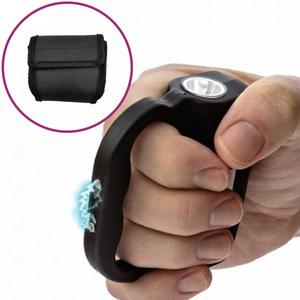
Stun Gun Grip 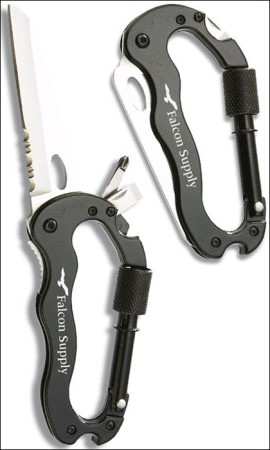
Hidden Blade Carabiner 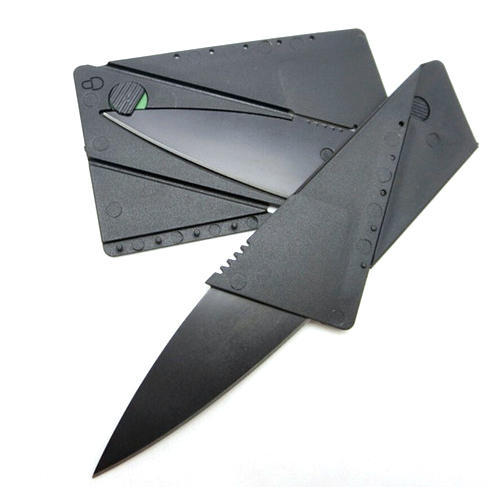
Credit Card Knife 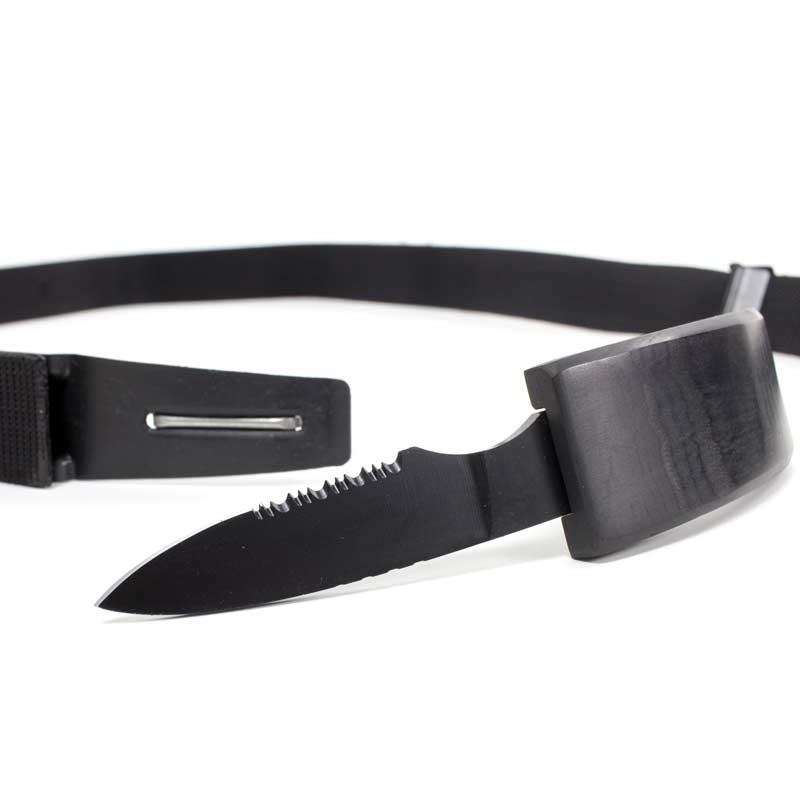
Knife Belt Buckle 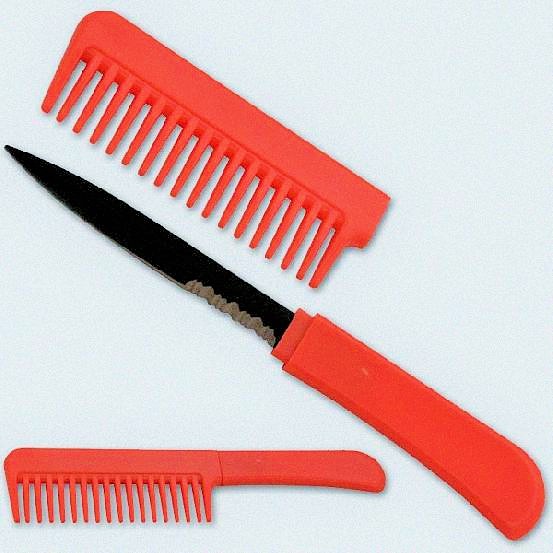
Comb Knife 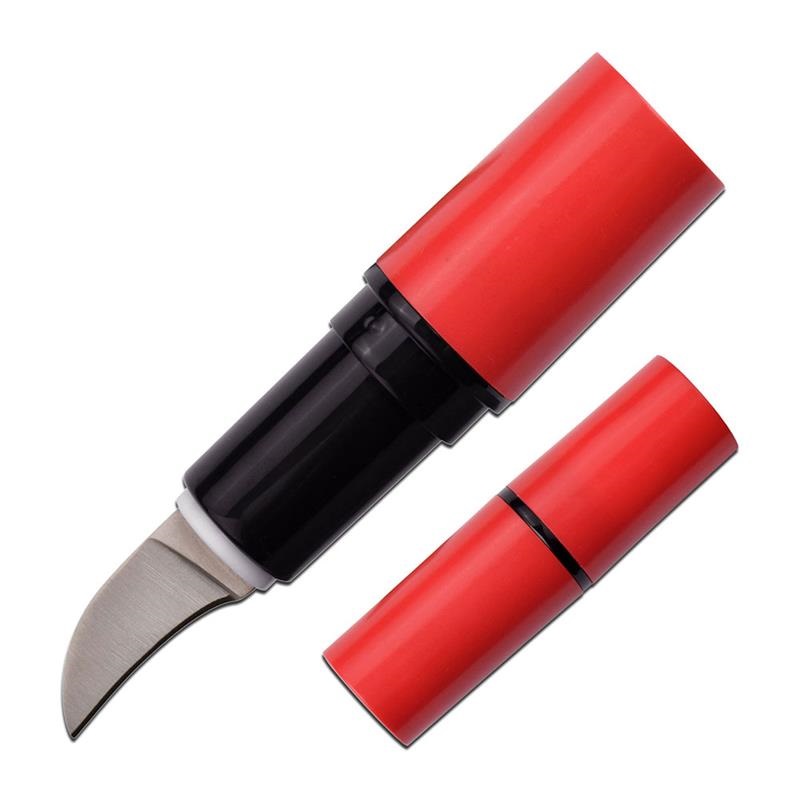
Lipstick Knife 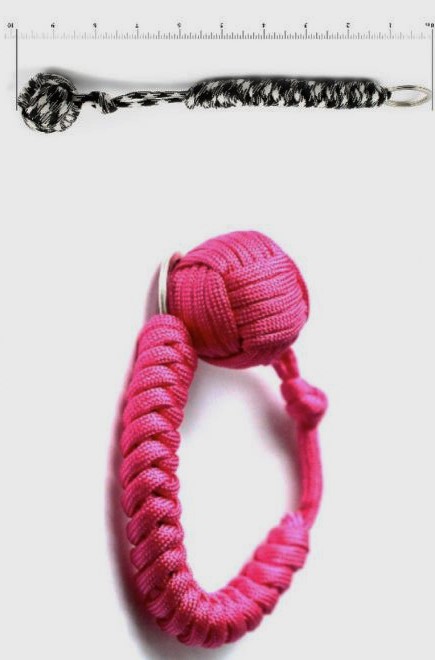
Monkey Fist Keychain 
Tactical Flashlight 
Highlighter Knives 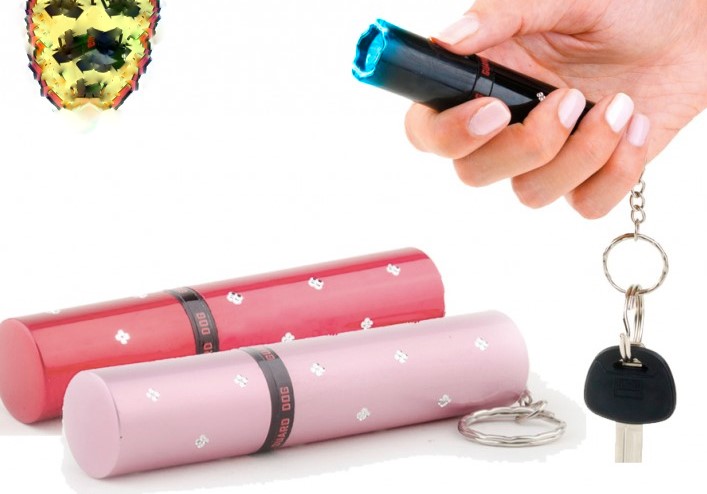
Stun Gun Lipstick 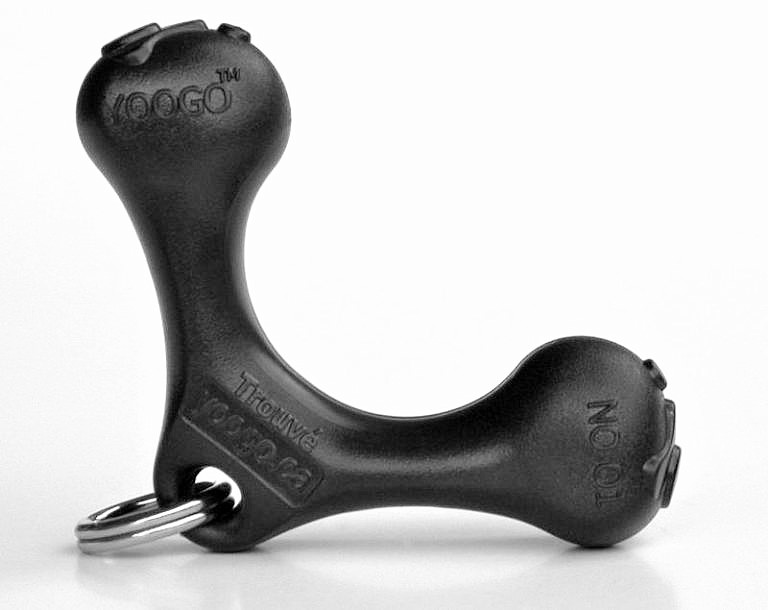
YooGo Defense Keychain 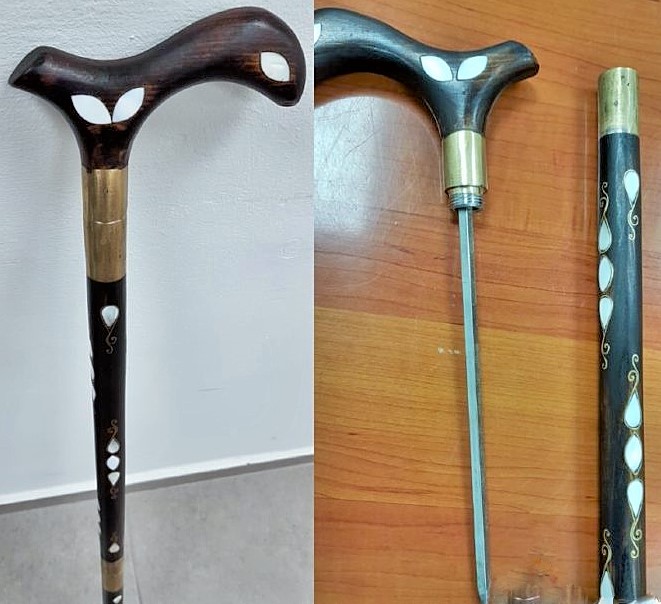
Walking Stick Sword 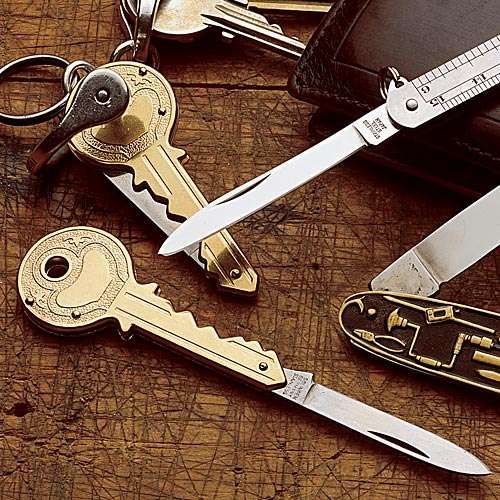
Key Knives 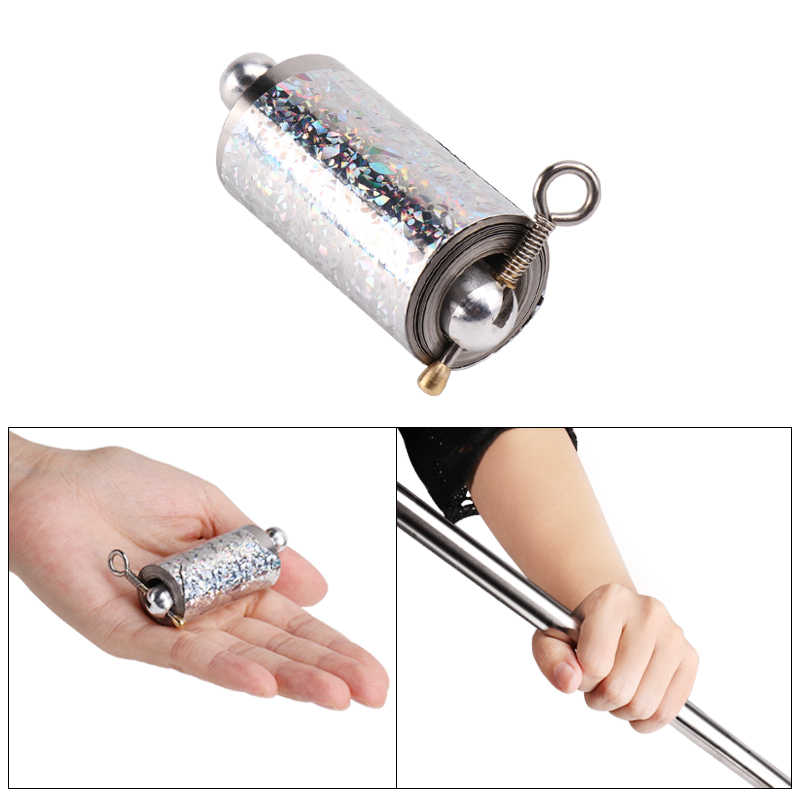
Telescoping Rod Keychain 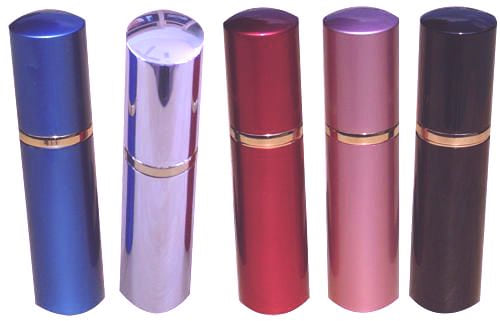
Pepper Spray Lipstick
- Hidden belt knife: knife is concealed in buckle area, can be pulled faster than from a pocket or sheath.
- Comb knife: slide the teeth off to expose the knife blade
- Hidden knife keychain
- Lipstick tube concealing pepper spray
- Hidden knife pen
- Hidden Knife highliters
- Hidden credit card knife
- Hand grip concealing spikes
- Coin purse that doubles as a blunt weapon when full
- Walking stick or umbrella with a sword inside
- Carabiners with flip-out knives
Bottom line: whatever the occasion, there’s a weapon for that!

